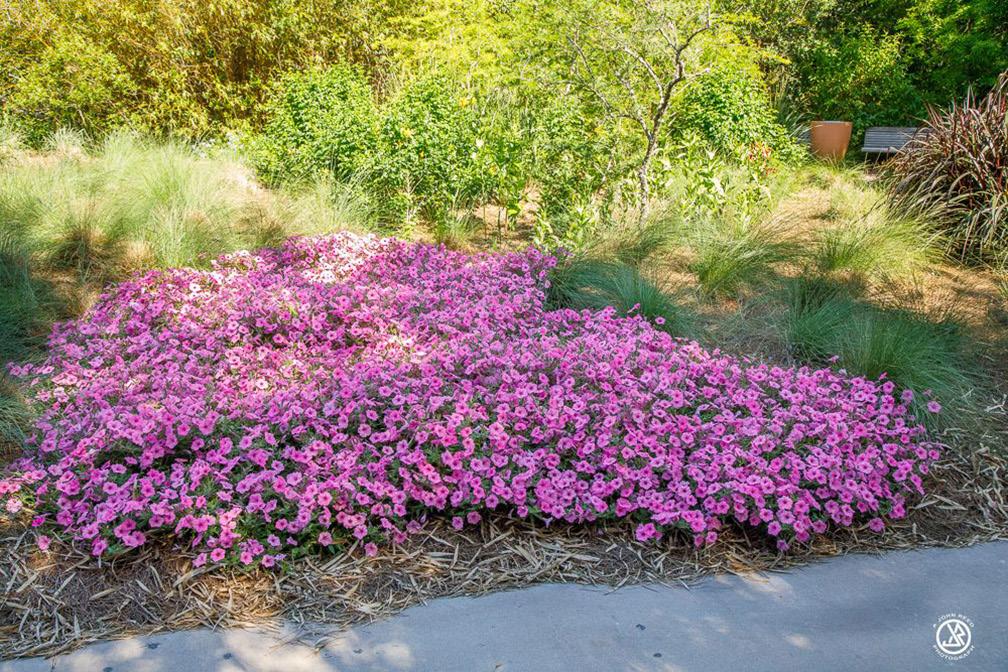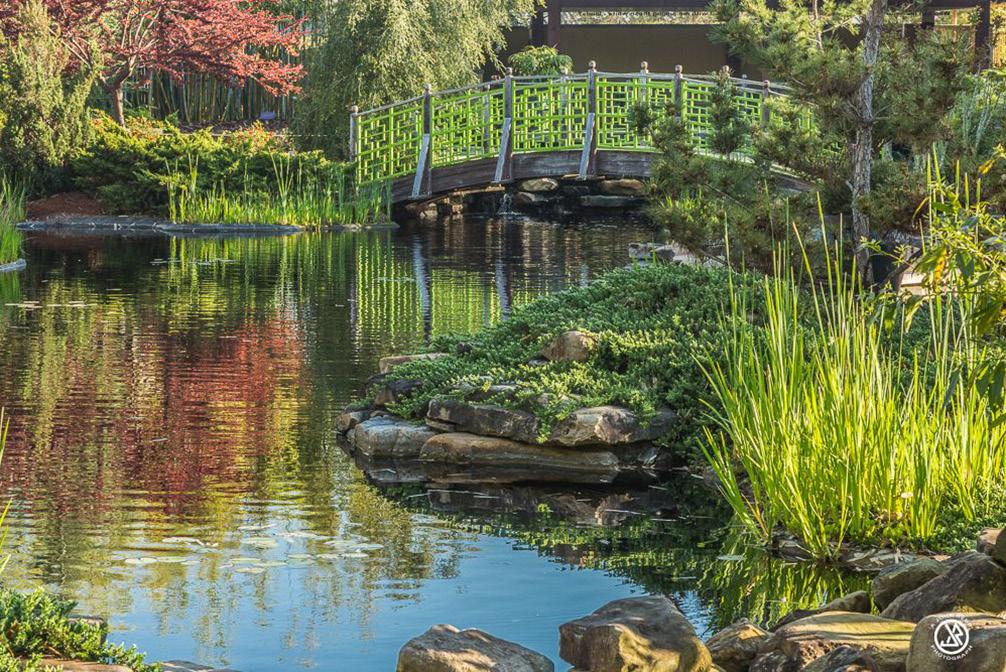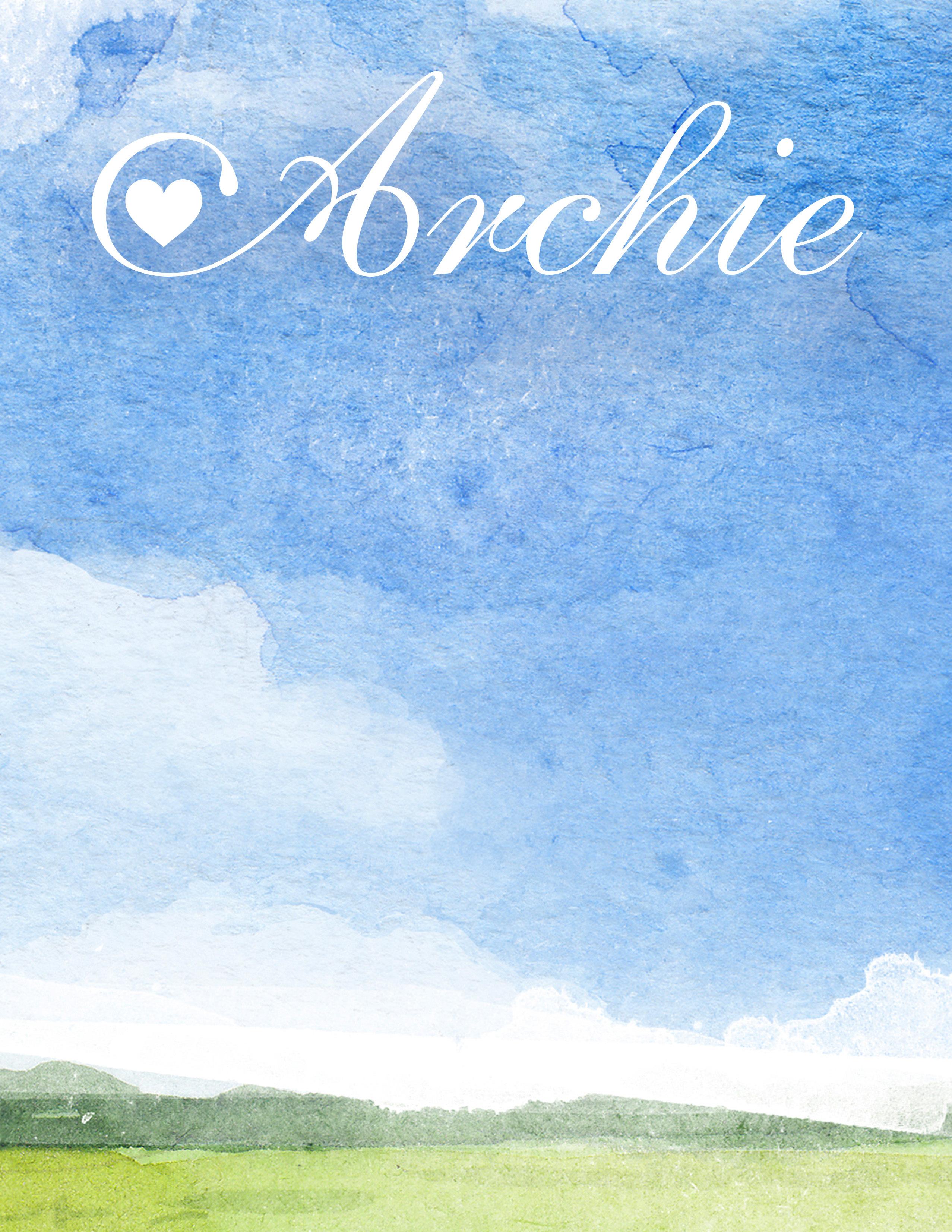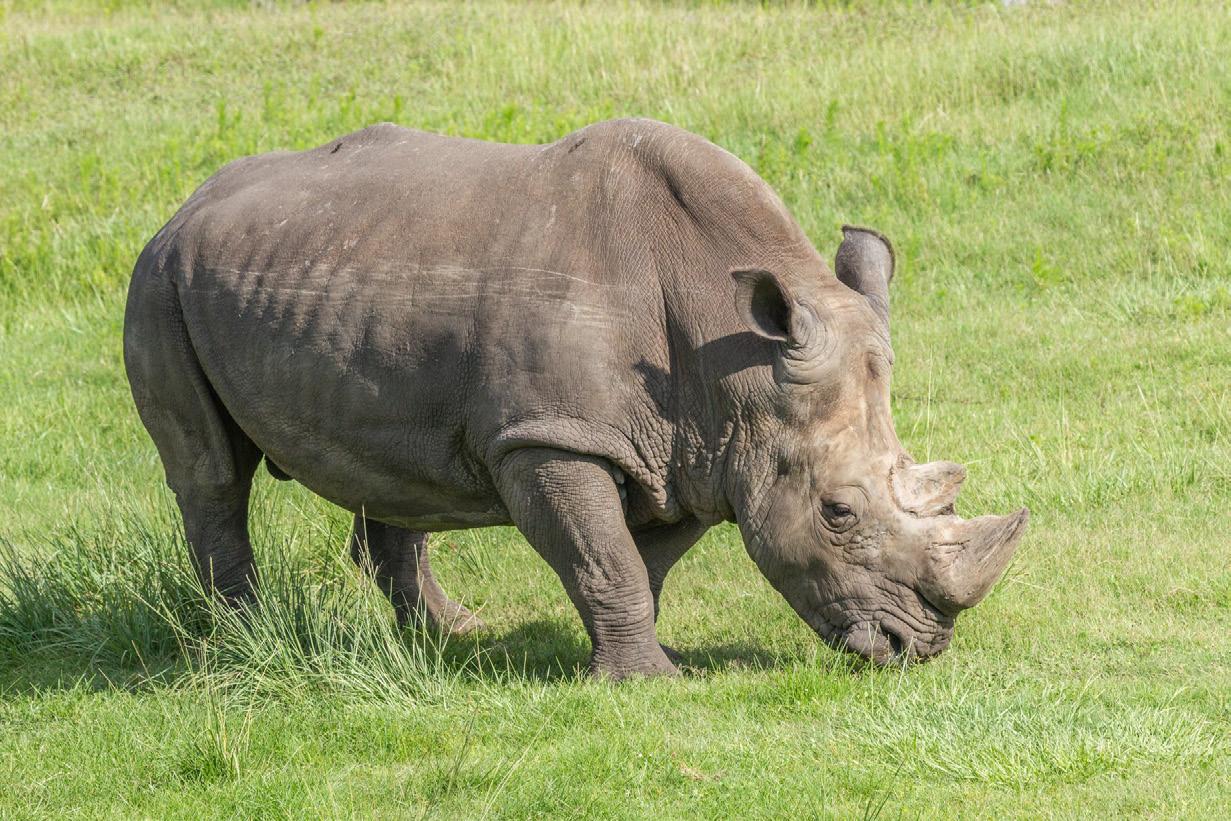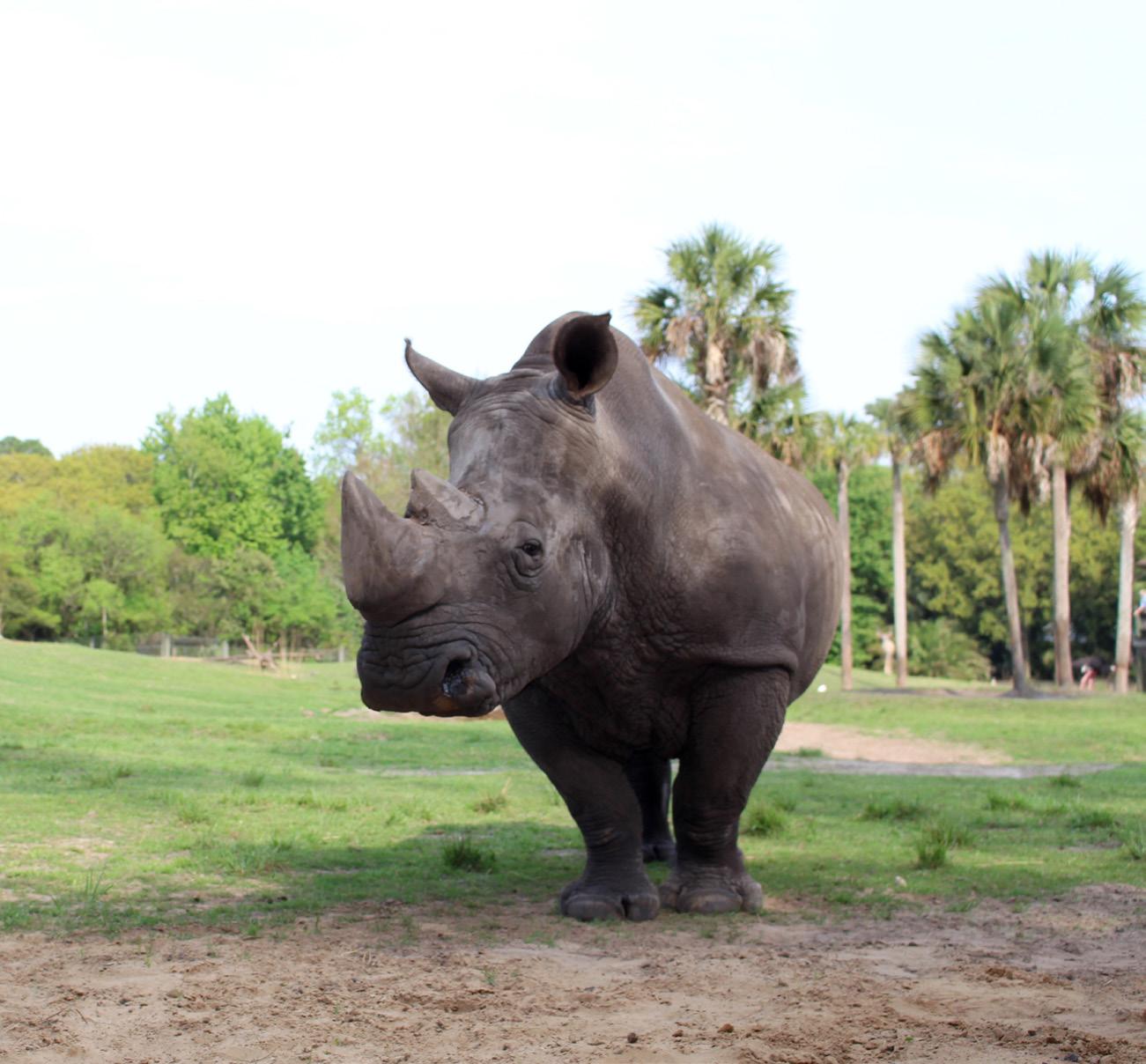Horticulture Spotlight

BE A PART OF SOMETHING BIG LAKESIDE SUNFLOWER
PLANT CONSERVATION
THE GARDEN STORY
LOVE LETTERS TO THE GARDEN
CARING FOR MANATEES AND YOUR LANDSCAPE
IT TAKES A VILLAGE TO FEED A ZOO



BE A PART OF SOMETHING BIG LAKESIDE SUNFLOWER
PLANT CONSERVATION
THE GARDEN STORY
LOVE LETTERS TO THE GARDEN
CARING FOR MANATEES AND YOUR LANDSCAPE
IT TAKES A VILLAGE TO FEED A ZOO

STRATEGIC OPERATIONS TEAM
Jeff Ettling, Ph.D., President and CEO
Holly Ellis, Chief Financial Officer
Paula Shields, Chief People and Culture Officer
Nikki Smith, Chief Philanthropy & Marketing Officer
David Hagan, Chief Life Sciences Officer
Leanne White, Director of Learning & Conservation Engagement
John Lukas, Curator of Wildlife Conservation
EXECUTIVE COMMITTEE
Lucia Lindsey, Chair
Chuck Ged, Immediate Past Chair
Kerri Stewart, Chair-Elect/Vice Chair
Salmaan Wahidi, Treasurer/Finance Committee Chair
Kelly Coker-Daniel, Secretary
Pamela Phillips, Governance Committee Chair
John Hayt, Honorary Advisor
Kelli O’Leary, Mayoral Appointee
GENERAL BOARD
Ken Amaro, City Council Appointee
John Baker III

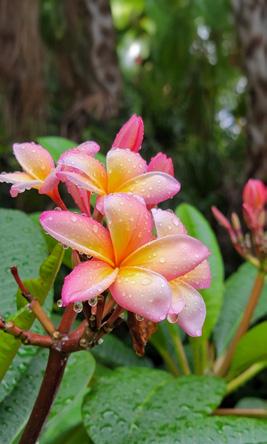
Scott Chamberlayne
LeAnna Cumber
Mayor Donna Deegan
Kenyonn Demps
Fredrik Eliasson
Dan Fields
Mike Gay, City Council
Appointee
Wilfredo Gonzalez
Carolyn LaRose
Missy Peters
Hope Selevan Prober
Paula Renfro
Param Sahni
Jason Spencer
Joel Swanson
HONORARY PAST CHAIRS COUNCIL
Martha Baker
J.F. Bryan
Carl Cannon
Howard Coker
Charles Commander
Jed Davis
Matt Fairbairn
Chuck Ged
Joseph Hixon
J. Michael Hughes
Lewis Lee
David Loeb
Richard Martin
Frank Miller
John A. Mitchell
Thomas Schmidt
Bill Rowe
Carl “Hap” Stewart
James Stockton
Penny Thompson
Courtenay Wilson
By Patrick Kelly, Horticulture Technician II

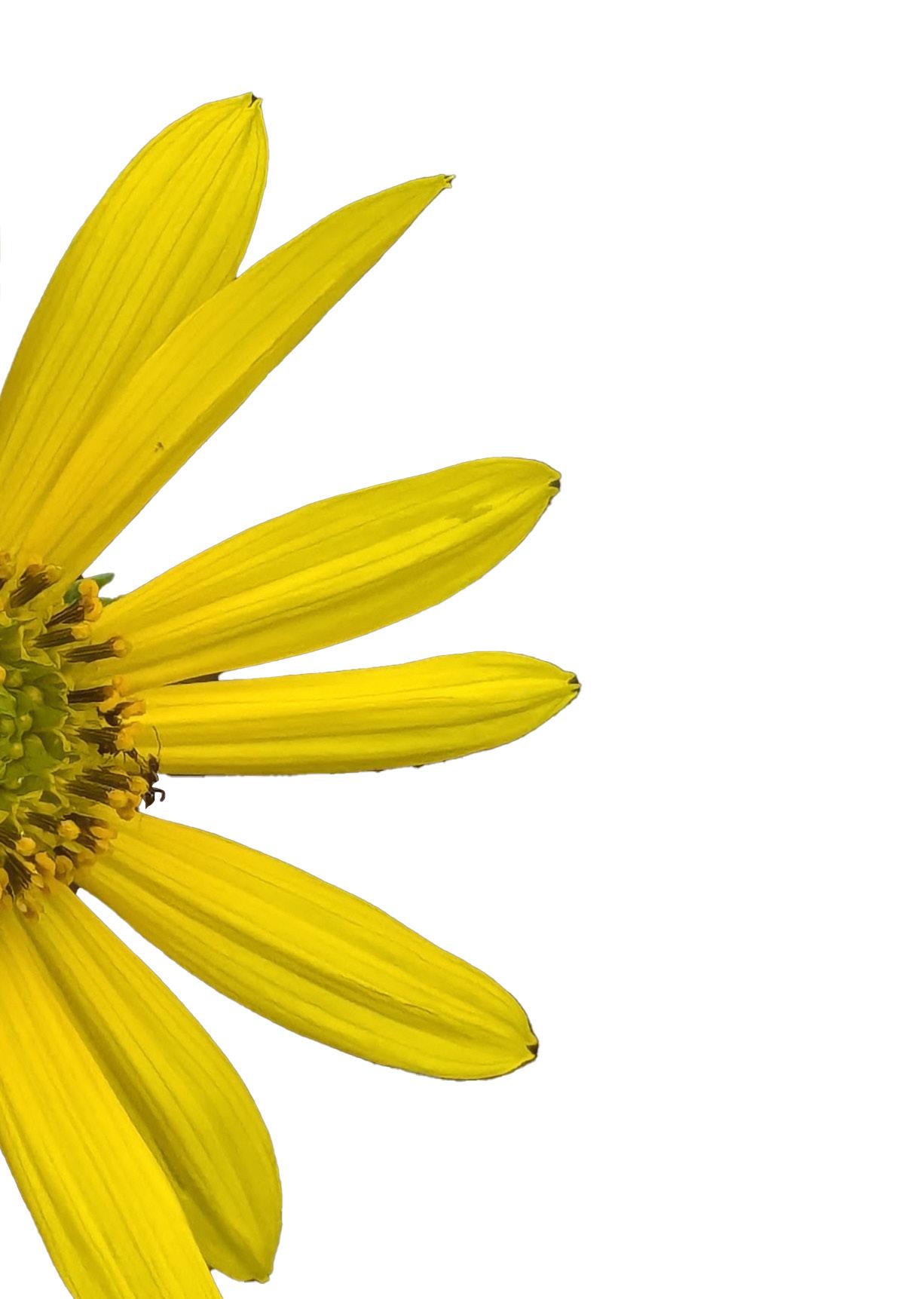

Now that the stage is set, let’s talk about Helianthus carnosus , also known as the Lakeside or Flatwoods sunflower. H. carnosus is native and endemic (meaning it’s found nowhere else in the world) to five counties in northeastern Florida. Most known populations are in roadside ditches that mimic the wet pine savannas where they naturally grow. These ditches are mowed somewhat regularly, a weak recreation of the natural fire cycle that would typically occur. This cyclical burning is essential for plants native to the Longleaf pine savanna, as it helps control invasive species that aren’t fireadapted and clears out woody understory shrubs that would otherwise shade out the plants below.
These unique sunflowers are critically endangered, with habitat loss being the leading cause. If we do nothing, they could become extinct in just a few generations, perhaps sooner. But we’re not just standing by! A collaboration between Bok Tower Gardens, the Zoo’s Conservation department and our Horticulture staff that began last year has made tangible progress toward preserving these flowers. What started as a grant proposal has turned into hands-on fieldwork, and I’m very grateful to my friend Chico at Bok Tower for including us in this effort.
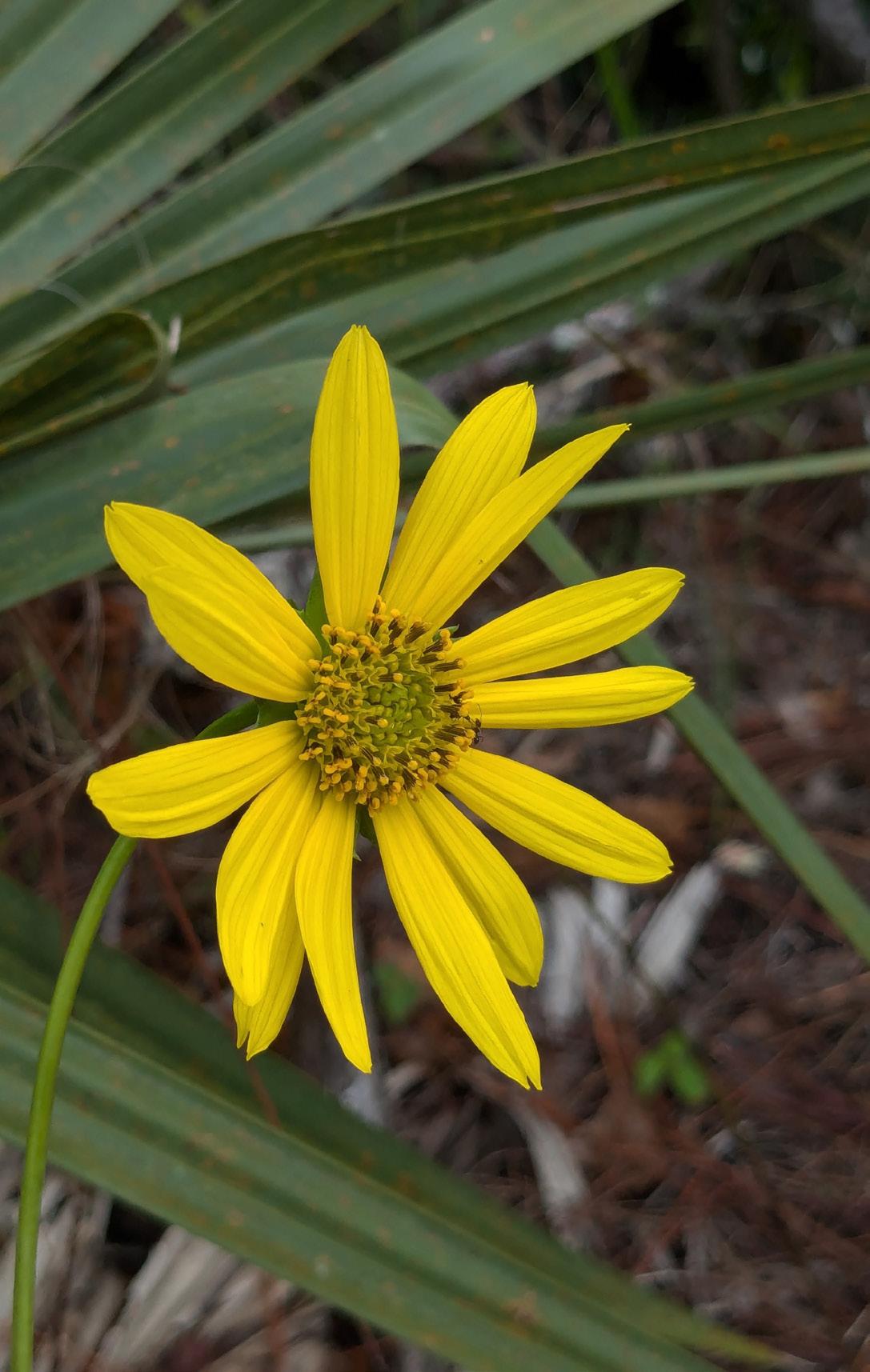
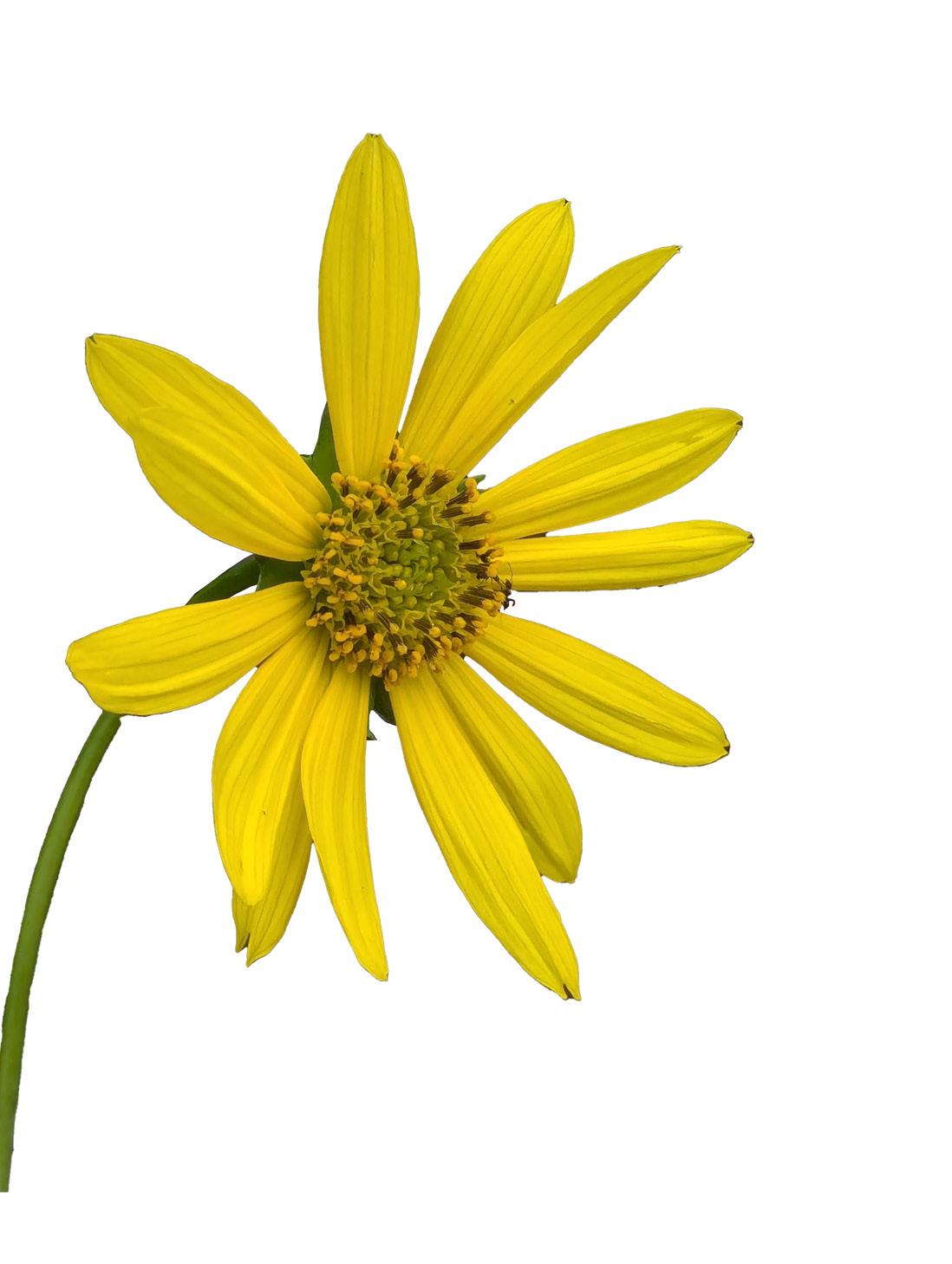

Our first step, after months of coordination, was to survey historical population locations to assess current populations. These surveys occurred in late August during H. carnosus ’ peak bloom season. When not in bloom, the plants consist of small basal rosettes, making them hard to see and count, so the timing was crucial. After learning from Chico, several Horticulture staff members and I conducted additional surveys. Based on these findings, we identified the best populations for seed collection.
A month later, we returned to collect seeds. We were only able to collect from one property. Fortunately, this property had thousands of flowers—potentially the largest wild population of H. carnosus in the world. We snipped off dried flowerheads and placed them in mesh bags for transport. These seeds were sent back to Bok Tower for germination trials, guiding future steps to ensure the species’ survival.
We are fortunate to experience Florida’s unique flora and fauna. If this sparked your interest, learn about native plants, plant them and share your knowledge! Explore the natural areas we still have—they’re vital to understanding this incredible ecosystem. Plants are the foundation of all life on Earth.
Humanity has exploited natural resources to dominate the planet. It’s time to start giving back to the Earth that sustains us.
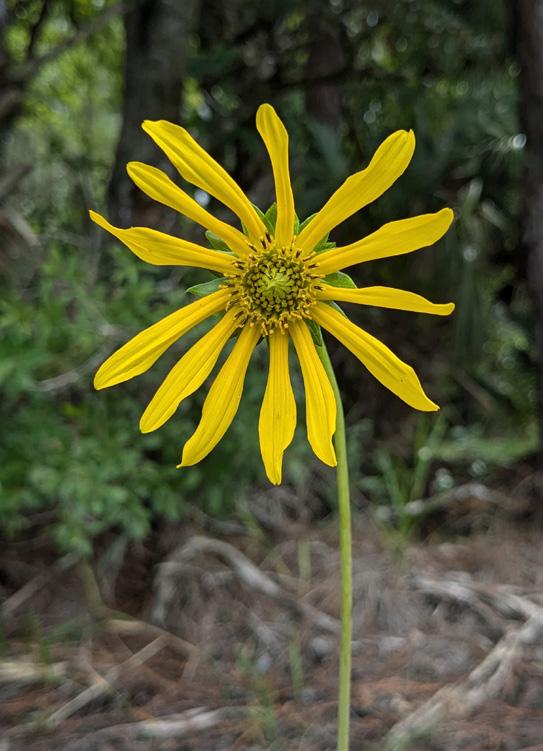































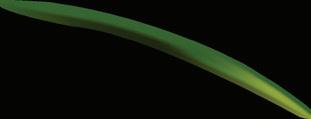


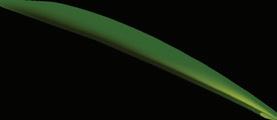





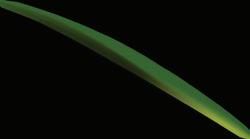



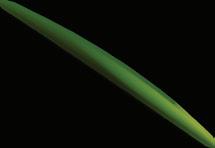






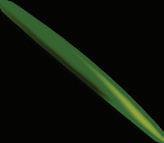


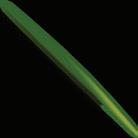




























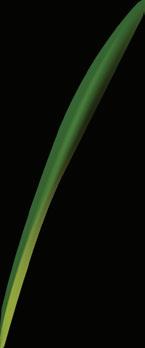


































April 19
Jacksonville Zoo and Gardens is excited to kick off our annual Botanical Bash with the return of Party for the Planet on Saturday, April 19!
This unique event celebrates Earth Day, Endangered Species Day, and World Ocean Day with exciting activities that connect you to nature. Join us for a day of celebration, education and inspiration as we come together to support our planet and its wildlife!
April 20 to 27
It’s back! Returning this spring, enjoy garden-focused activities daily April 20 to 27, finishing with a plant sale hosted by our talented and hardworking Horticulture Department on April 26.
Art in the Garden Festival
May 9 and 10 from 10:00 a.m. to 3:00 p.m.
We will be hosting 35+ local makers. Bring Mom and the whole family to the Zoo and browse art, garden, pottery and other goods made by local vendors.
June 7th · July 5th · August 30th · September 27th
New for 2025. Live music is coming to the Zoo this summer in the cool of the evening. Details will be announced soon.
ReZOOvenation: Help Us Build the Manatee River!
For over a century, manatees have navigated Florida’s waterways, playing a vital role in our aquatic ecosystems. These gentle giants, often called “sea cows,” face increasing threats, from habitat destruction to boat strikes, cold stress and red tide poisoning. At Jacksonville Zoo and Gardens, we’re committed to their rescue, rehabilitation and eventual return to the wild. But to continue this critical work, we need your help
jacksonvillezoo.org/rezoovenation
As part of our ReZOOvenation initiative, we’re creating a state-of-the-art Manatee River habitat that will serve as a lifeline for injured and orphaned manatees. This space will allow us to provide life-saving care, support conservation research and educate visitors on the importance of protecting these vulnerable animals.
We’re in the final phase of fundraising to complete this project, and we’re calling on our Members, guests and community to help us reach the finish line.
This spring, we’re launching a fun, interactive way to donate and get involved while visiting the Zoo! Guests can contribute by adding a ripple to our “Fill the River” donation board near Guest Relations. For a minimum $5 donation, guests will receive a sticker from the gift shop to place on the board, symbolizing their contribution to creating a future home for rescued manatees.
Our goal is simple:
If every visitor donates just $5, we can raise $5 million to complete the Manatee River habitat! We’re also rolling out signage throughout the Zoo, offering QR codes for easy mobile donations, and mobilizing our dedicated Board members to help spread the word and inspire action.
Want to help even more? Share your support on social media and enter for a chance to win a free Individual membership. Here's how to enter:
1. Share a post on social media using the hashtag #FillTheRiver and tell your friends why you’re supporting manatee conservation.
2. Tag Jacksonville Zoo & Gardens so we can see your post!
The ReZOOvenation campaign extends far beyond the Zoo. We’re reaching out to local businesses, conservation partners and passionate supporters like you to rally around this cause. In the coming months, keep an eye out for community events and updates on our progress.
Manatees can’t survive without our help, and we can’t complete this habitat without you. Whether you scan a QR code at the Zoo, visit our donation page or spread the word, every action you take brings us closer to our goal.
Visit our website today to donate now and help us build the Manatee River! Together, let’s make waves for manatee conservation.
By Donna Bear, Curator of Species Management and Jasmine Alvarado, Species Management Officer
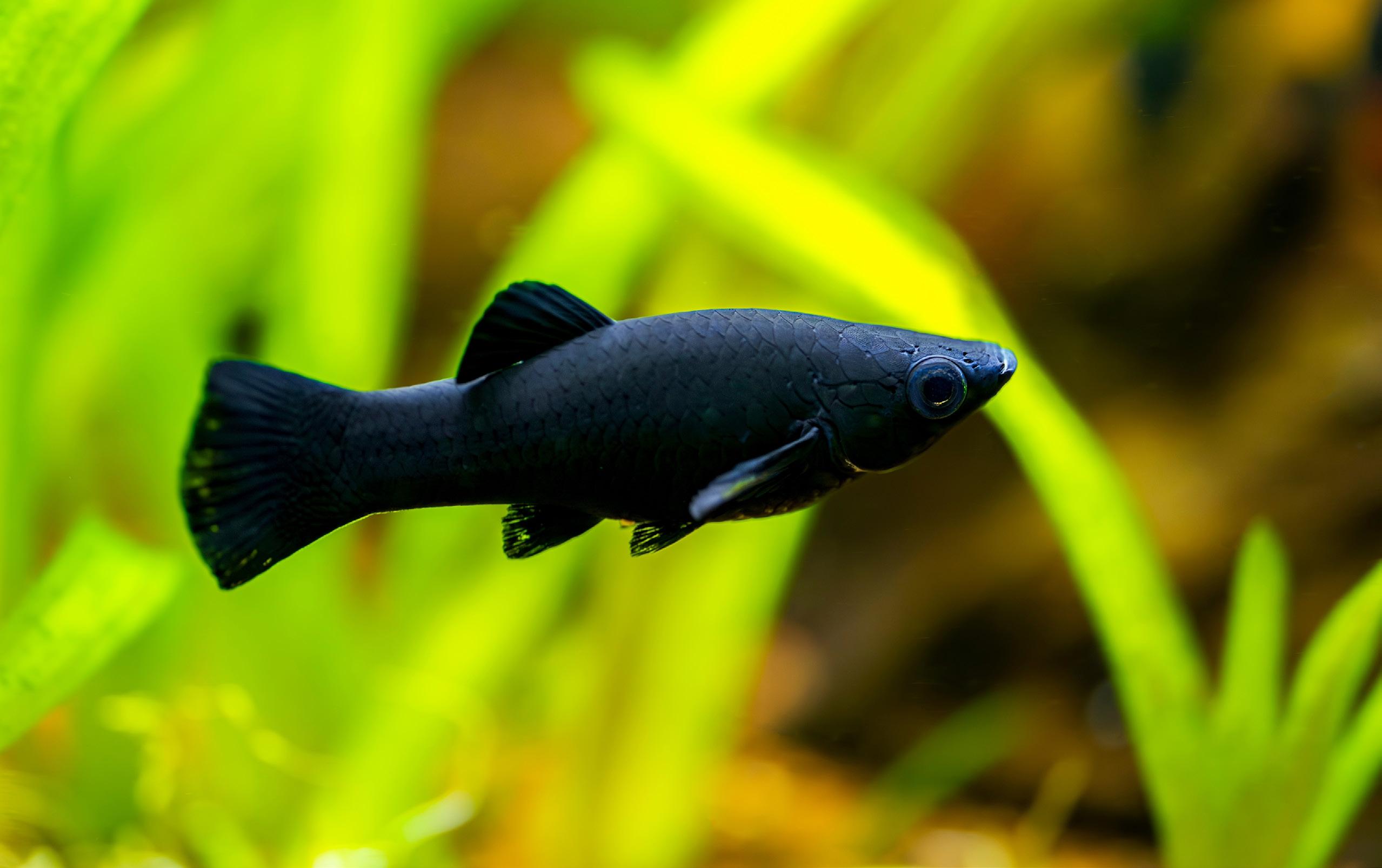
Molly fish can be found in fresh, brackish and coastal salt water from North Carolina to the Yucatán Peninsula of Mexico. However, due to human interference, molly fish have been introduced and established in various countries around the world as baitfish or mosquito control. Unfortunately, these introductions have only disrupted native plants and wildlife since mollies not only
eat mosquito eggs, but other fish larva and algae and can be aggressive towards other fish. Because of the variety of mollies in appearance, they have become popular aquarium fish as well. They have upturned mouths and a flat head that allows them to feed from the water’s surface. You can see our molly fish in the pool at the Range of the Jaguar exhibit. How many can you find?
The striped newt is a two-to four-inch-long salamander native only to Georgia and Florida. Born as larvae, striped newts will remain in their pond for up to six months before changing into efts, landdwelling juvenile newts. Depending on environmental conditions, they may instead develop into paedomorphs—breeding adults that retain their larval appearance and continue living in water. The striped newt has a life span of 12 to 15 years in the wild, and even longer in captivity. However, due to habitat loss, climate change, human activity and amphibian diseases, the striped newt has been recently added to FWC’s imperiled native species list. In 2012, the Zoo joined the Striped Newt Repatriation project, a local conservation project started by Coastal Plains Institute (CPI) to help re-establish the wildlife population of this species in the Apalachicola National Forest wetlands.
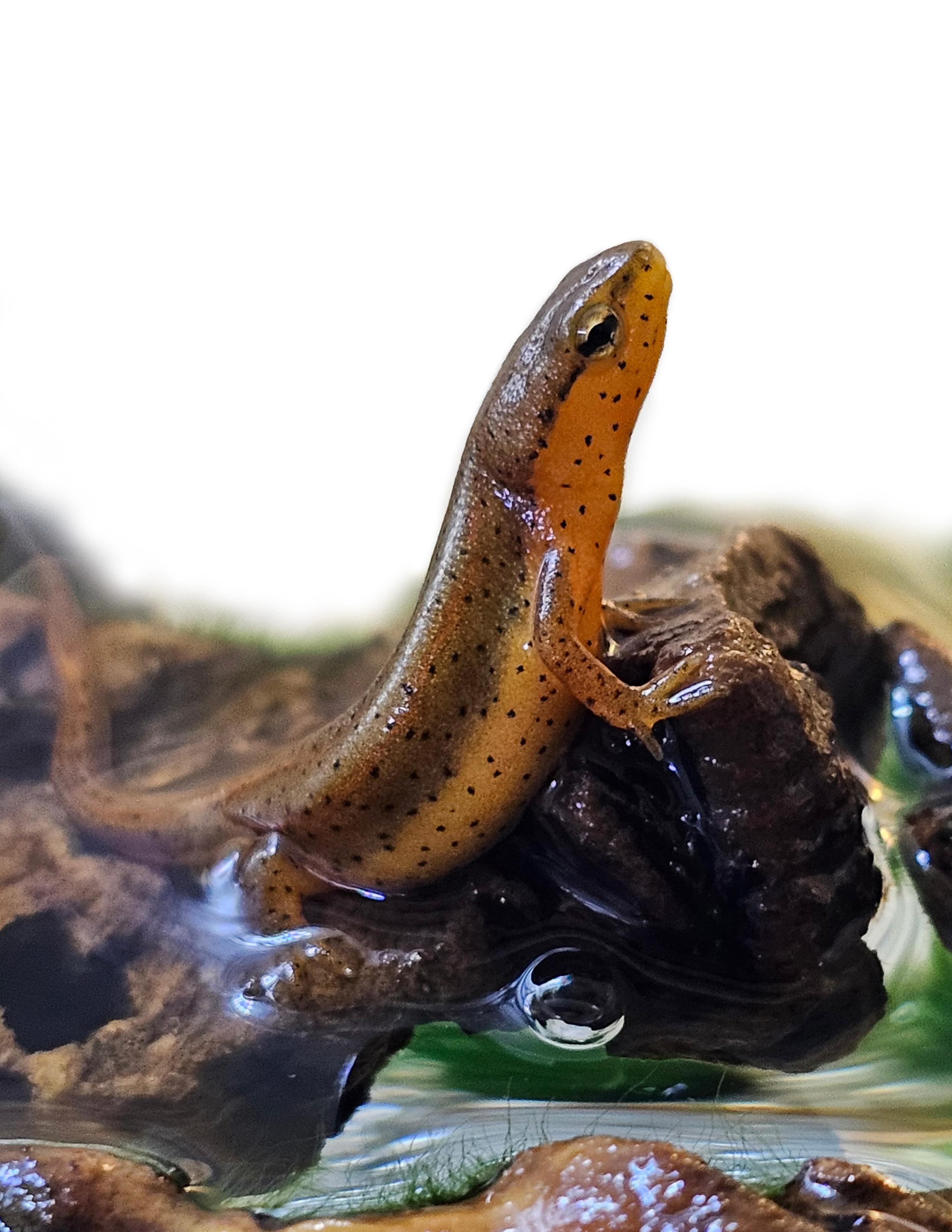
Together with CPI, over 8,000 newt larvae have been released back to the wild. Visit the Amphibian Conservation Center at the Zoo for a closer look at the striped newt.
This species of hornbill is native to southeastern Asia, ranging from eastern India to the Indonesian islands. In addition to the dark ridges, or wreathed texture, of the casque (or extension) on top of the wreathed hornbill’s bill, the upper and lower mandibles also have deep ridges that begin at the face and diminish about halfway through the bill. Most hornbills are sexually dimorphic, and the wreathed hornbill is no different. Males are larger in size and have white heads with a dark red or brown crown or crest with a prominent, bright yellow throat sac.
Females have all black feathers, and their throat sacs are blue. Wreathed hornbills are diurnal and primarily live in heavily forested areas. Their food sources are usually found in tree canopies where they spend most of their time. While mainly frugivores, they will occasionally eat small animals, such as snails, insects and other bugs. Wreathed hornbills have been recorded eating over 30 different types of fruit in the wild. See these incredibly unique birds in the Land of the Tiger.
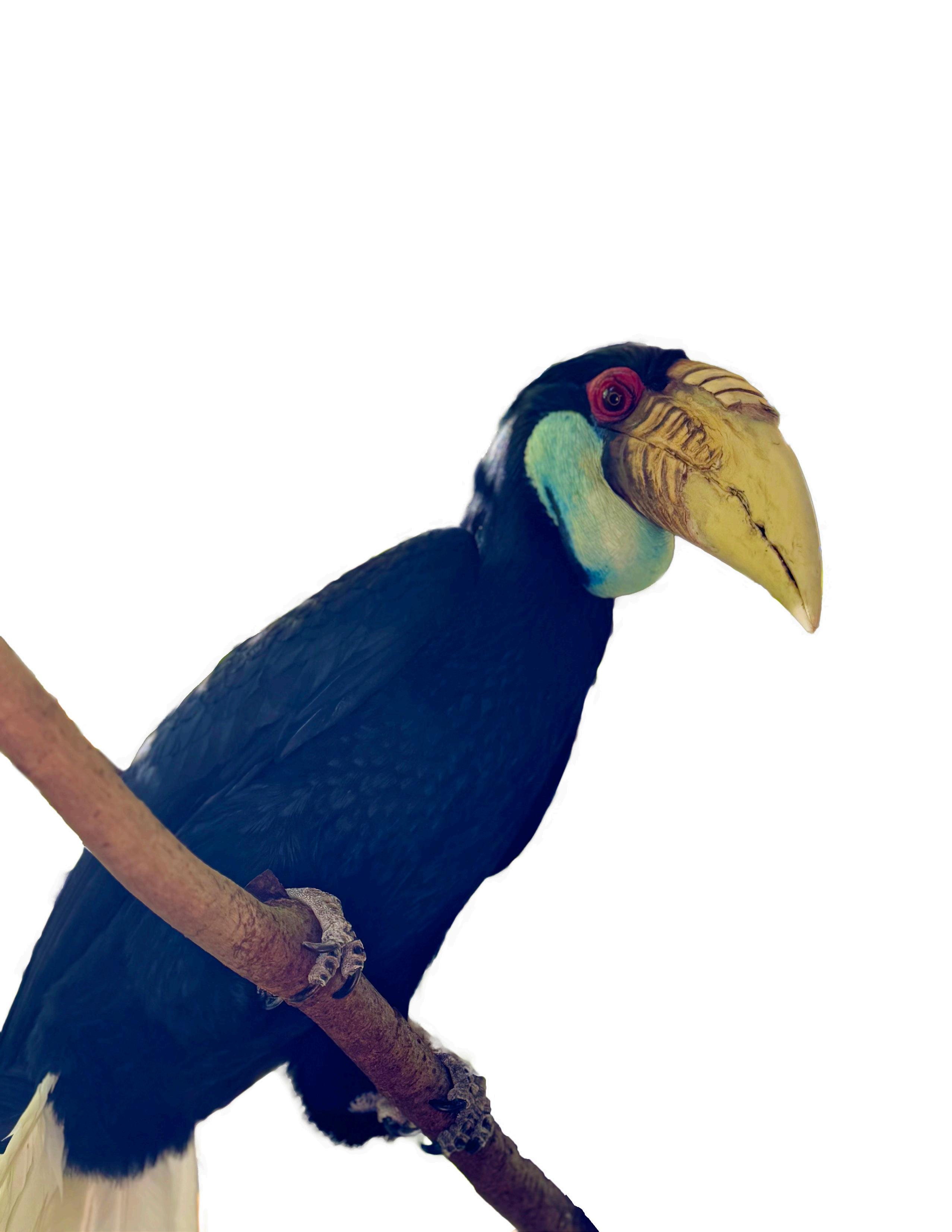
October–December 2025
Births & Hatches
Acquisitions
Legend: 0.1.2
First digit male
Second digit female
Third digit sex unknown
Two digits only represent male and female
CAPS = Endangered Species
* (Asterisk) = First time at the Zoo
†(Dagger) = Released back into the wild
‡ (Double dagger) = Stillbirths

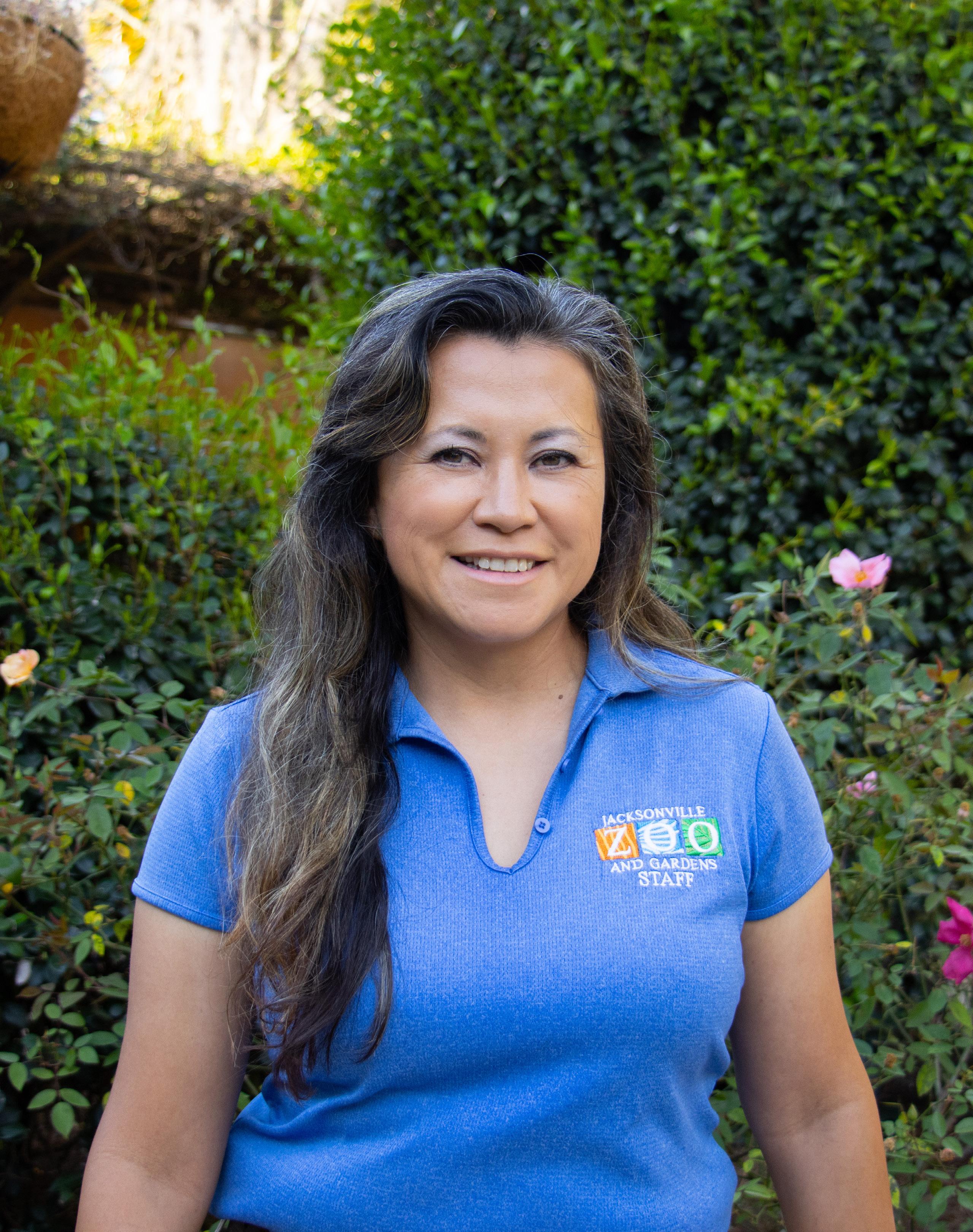
How long have you worked at the Zoo?
Eight years
What were your previous jobs/career paths and how did they lead you here?
I was a hairstylist for 14 years before transitioning to a career at the Zoo. My passion for gardening began at home as a hobby, and it was a salon client who first introduced me to the volunteer opportunities in the Zoo’s Horticulture Department. After volunteering for about two years, I realized it was time for a permanent career change.
To gain experience, I started working at a local nursery for about six months. Then, by chance, I ran into one of the Zoo’s Horticulture Technicians outside of work. When he mentioned an open position, I knew it was the right opportunity—I applied, and here I am.
What does a day in your shoes look like?
At the start of the day, we gather at the Horticulture shop to review the morning’s major projects and confirm team assignments. These projects may include exhibit work, mowing, tree trimming or large hedge maintenance. After gathering the necessary tools and equipment, we head out into the Zoo.
While waiting for the keepers to open exhibits so we can begin our work, we inspect the gardens for any immediate concerns, such as fallen or low-hanging tree limbs, and take note of future maintenance needs like weeding. Once we receive clearance, we collaborate as a team, ensuring safety and supporting one another to produce our best work.
Throughout the day, I provide guidance and support to our Horticulture Technicians as they care for their designated gardens. Additionally, I assist with career development plans to help team members achieve their professional goals. I also help co-chair the Culture Committee, fostering a positive and engaging workplace environment.
What is your favorite animal?
Giraffes—on my very first visit to the Zoo and Gardens, I had the incredible experience of feeding them. It was something I had never done at the Zoo back home in Chicago. I love how up close and personal you can get with them here.
What is your favorite exhibit?
My favorite area of the Zoo is the Gardens of Trout River Plaza. I love its Mediterranean theme, especially when the living column planters are in full bloom. It has a great balance of sunshine and shade with the oak trees that border the plaza. The fountain, with the mosaic rock work on the ground, helps the garden strike a balance between rustic and artistic. And of course, the borrowed scenery of the river makes for a beautiful completion.
How did you first develop an interest in animals/ Zoo world/education/gardening?
I became really enamored with plants when I started growing them from seed at home. I was fascinated that something so small could grow into something so intricate with just a little bit of care. Plus, I was in love with the diversity of it all, the idea that you could grow just about any plant you wanted to from seed or propagation.
Are you native to Florida?
I was born in Chicago and spent much of my early life in Seoul, Korea. After returning to Chicago for seven or eight years, I eventually grew tired of the cold and decided to move farther south.
What is your most memorable experience at the zoo?
One of the most memorable experiences I think I've had with our team was when our entire department did a mass tour for 60 master gardeners. We highlighted four or five different gardens and everybody in our department was involved somehow. It was great to see everyone in the department working as a team for the sake of showcasing all of our hard work and taking so much pride in what we do.
What do you like to do in your free time?
Being a mom takes up most of my time outside of work, as well as being a dog mom to our 10-year-old boxer. I take my daughter to Jacksonville Garden club classes, and as a family, we enjoy going to various activities around town, especially at the beaches. I also like to knit and sew when I can find the extra time.
Stroller Safari
Ages 0–3
Pack up the stroller, put on your walking shoes and bring your little one on an adventure as we stroll through the Zoo visiting animal exhibits, meeting a new animal ambassador friend and exploring the animal world with all our senses! Two strolls per month.
Stroller-safari
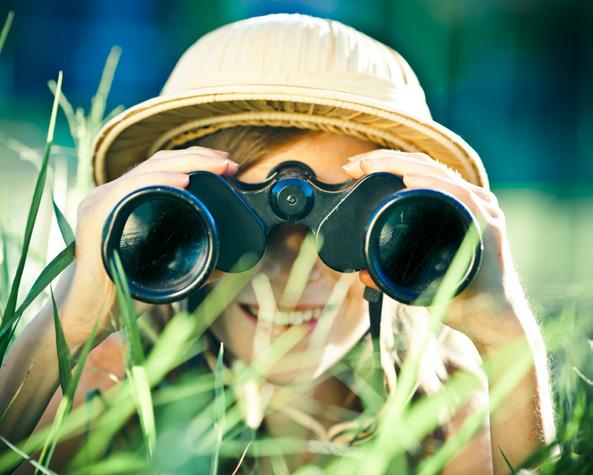

Info Session
Register to attend our "new family" open house on May 22 at 1:00 p.m to learn more about the 2025–2026 class schedule, curriculum topics and a chance to meet the Educators!
Zoocademy
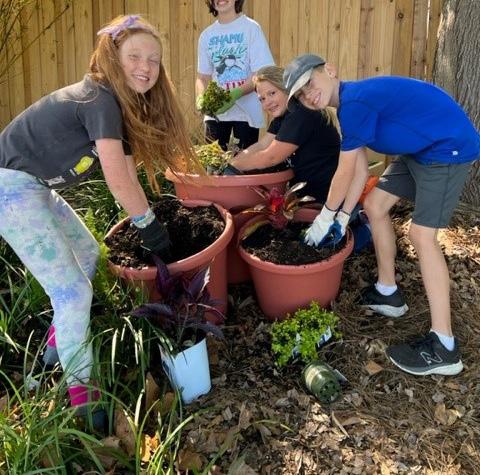
Zoo Camp at Jacksonville Zoo and Gardens offers a once in a lifetime experience of fun, adventure and learning! Campers will "learn the wild way" with our experienced camp team through guided Zoo walks, animal encounters, nature play and behindthe-scenes tours.
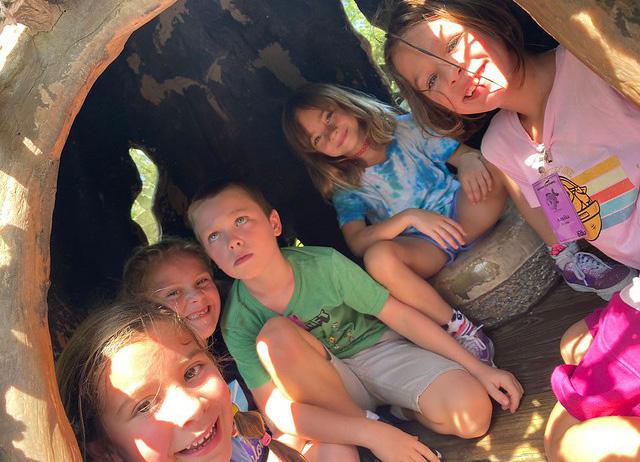
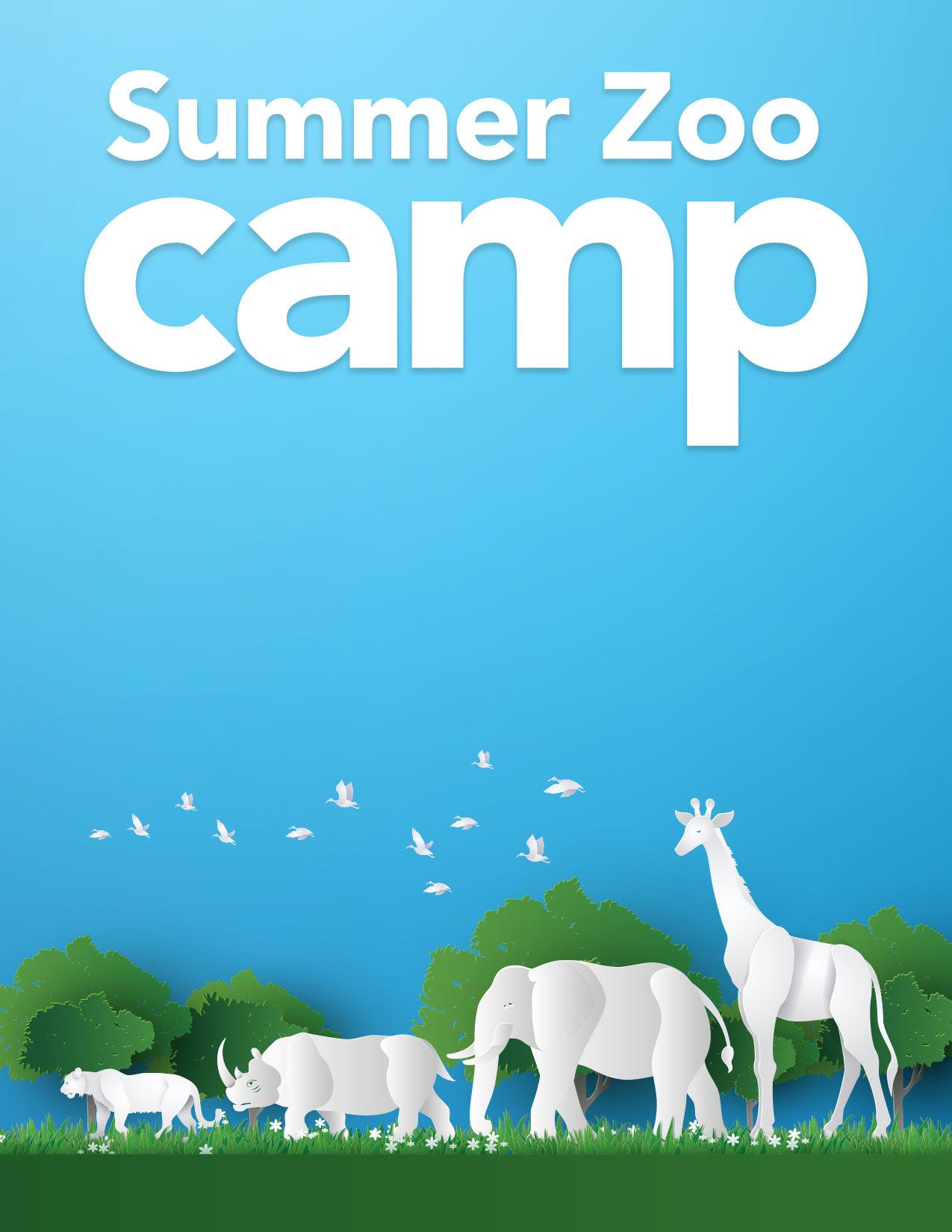
enroll now
By Jamie Lankenau, Community Engagement Supervisor
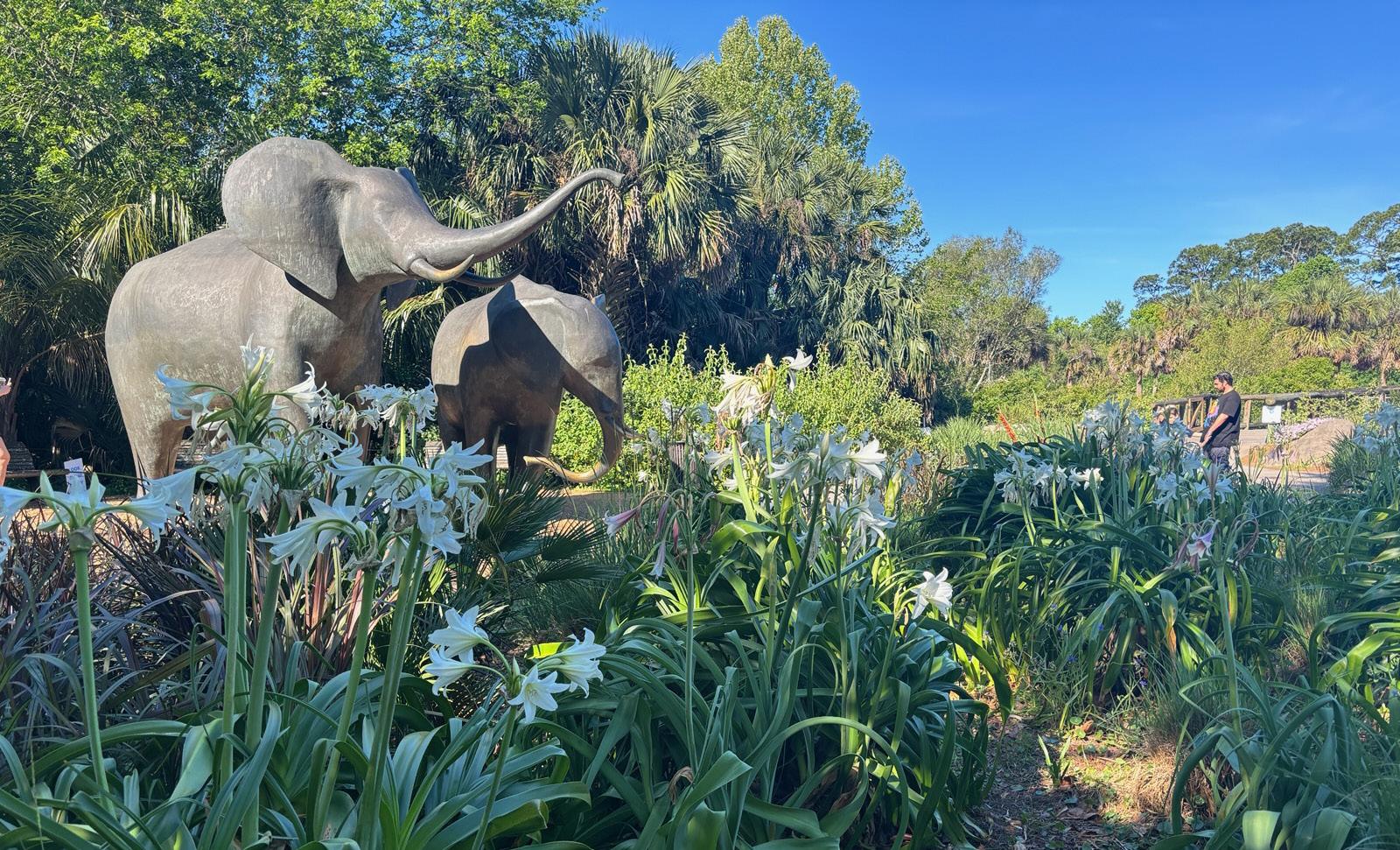
In 2024, Jacksonville Zoo and Gardens’ Education department began offering regular Adult Programming. So far, an Adult Summer Camp and three classes have been launched as part of the Conservation Corner series. These classes are designed for adults (18+) who want to explore various conservation topics and initiatives in which the Zoo is involved with. Each course provides a two-hour program that includes a classroom lecture followed by hands-on engagement with experts in the Zoo.


We are thrilled to announce the fourth installment of our Conservation Corner series: Plant Conservation and Botanical Gardens! This course will explore the history of zoos and botanical gardens in plant conservation, highlighting Jacksonville Zoo and Gardens’ horticultural legacy and its role in connecting people to wildlife and wild places. Participants will enjoy an engaging classroom session followed by a guided tour of two of our gardens. The Plant Conservation and Botanical Gardens class debuts in May 2025.
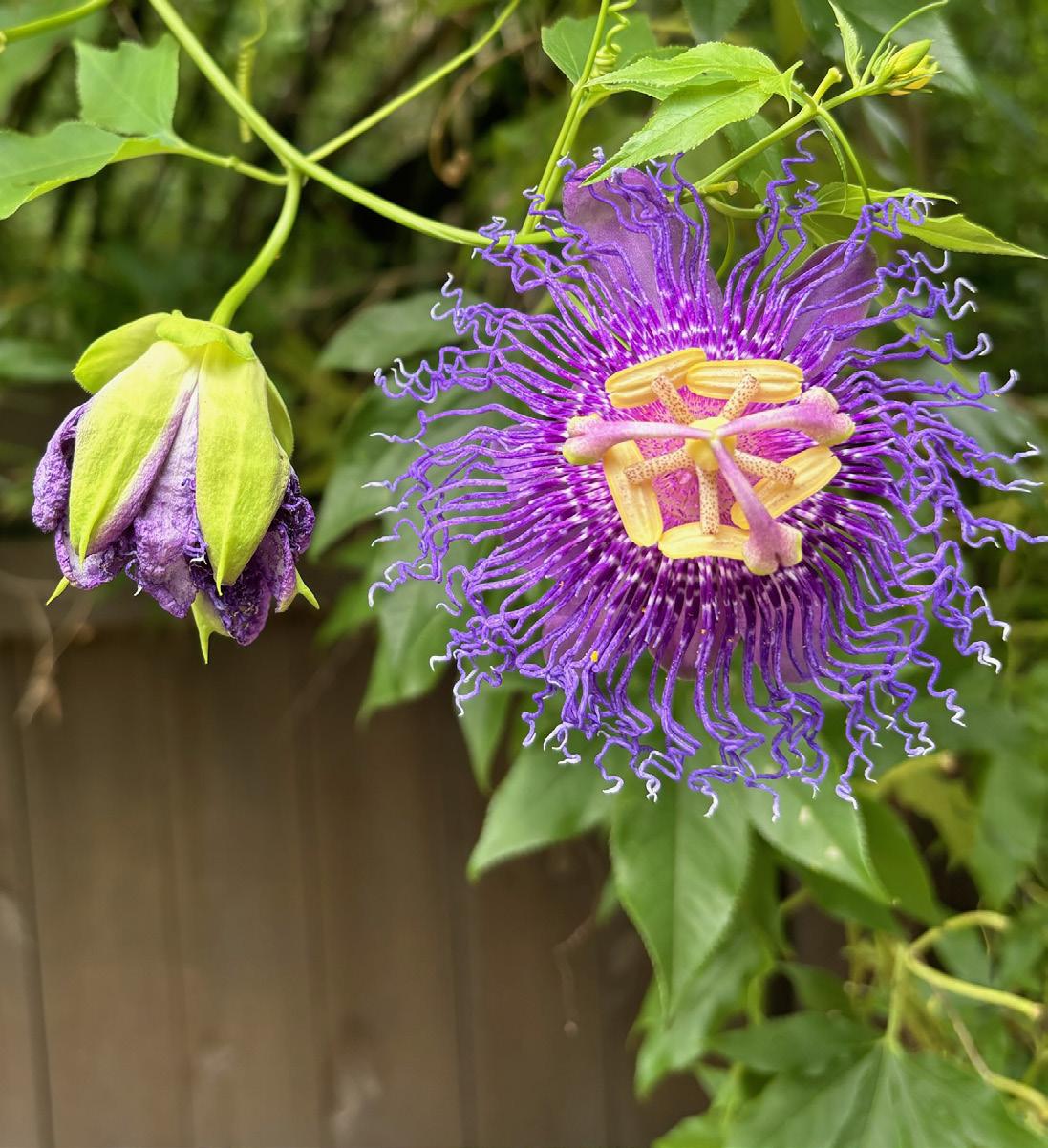
With the launch of this fourth Conservation Corner course, we are also introducing our first certification program for passionate learners in the community! The Jacksonville Community Conservation Certification will be available to adults who complete four Adult Programs within two years and contribute to a local community partner through a small volunteer commitment. For more information on these adultlearning courses and how you can earn a Community Conservation Certification: jacksonvillezoo.org/adult-programs
By Chris Dailey, Curator of Horticulture

A quarter of a century ago, change was taking root at the Zoo. This transformation stemmed from the realization that animals and plants are deeply interconnected—far beyond the boundaries of the Zoo itself. The goal was to provide visitors with opportunities to appreciate plants and gardens alongside our animals. As a result, in 2003, our official name changed to Jacksonville Zoo and Gardens. Today, our commitment to both plants and animals remains at the heart of our mission: Connecting communities with wildlife and wild places.
The Jacksonville Zoo and Gardens Botanical Garden Master Plan states, “For decades, Jacksonville Zoo and Gardens has given the Jacksonville community a place to love animals. We are about to embark on a mission that will
give Jacksonville a public place to love plants while setting a new standard for zoos in the process.”
Since then, we have introduced three major “pocket gardens,” including Savanna Blooms Garden (2005), Gardens at Trout River Plaza (2007) and Asian Bamboo Garden (2009).
These pocket gardens, along with our animal exhibits, are connected by linear gardens along the main pathway that we call the Rivers of Color Garden. As visitors explore the Zoo, they are surrounded by unique plants, immersed in creative garden designs and witness the benefits of sustainable gardening practices. Other areas, such as Range of the Jaguar and Riverview Gardens, have been further enriched with lush plant life. With every new addition,

including Land of the Tiger and Primate Forest, we ensure that ample green spaces are integrated, creating even more opportunities for plants to thrive.
We take immense pride in our gardens and green spaces! They are a defining feature that sets Jacksonville Zoo and Gardens apart from other zoos. Recently, we have focused on creating more opportunities for visitors to engage with and appreciate our gardens. Each spring, we celebrate plants and conservation with events like Party for the Planet, Botanical Bash and Art in the Garden—all perfect opportunities to immerse yourself in the beauty of nature.
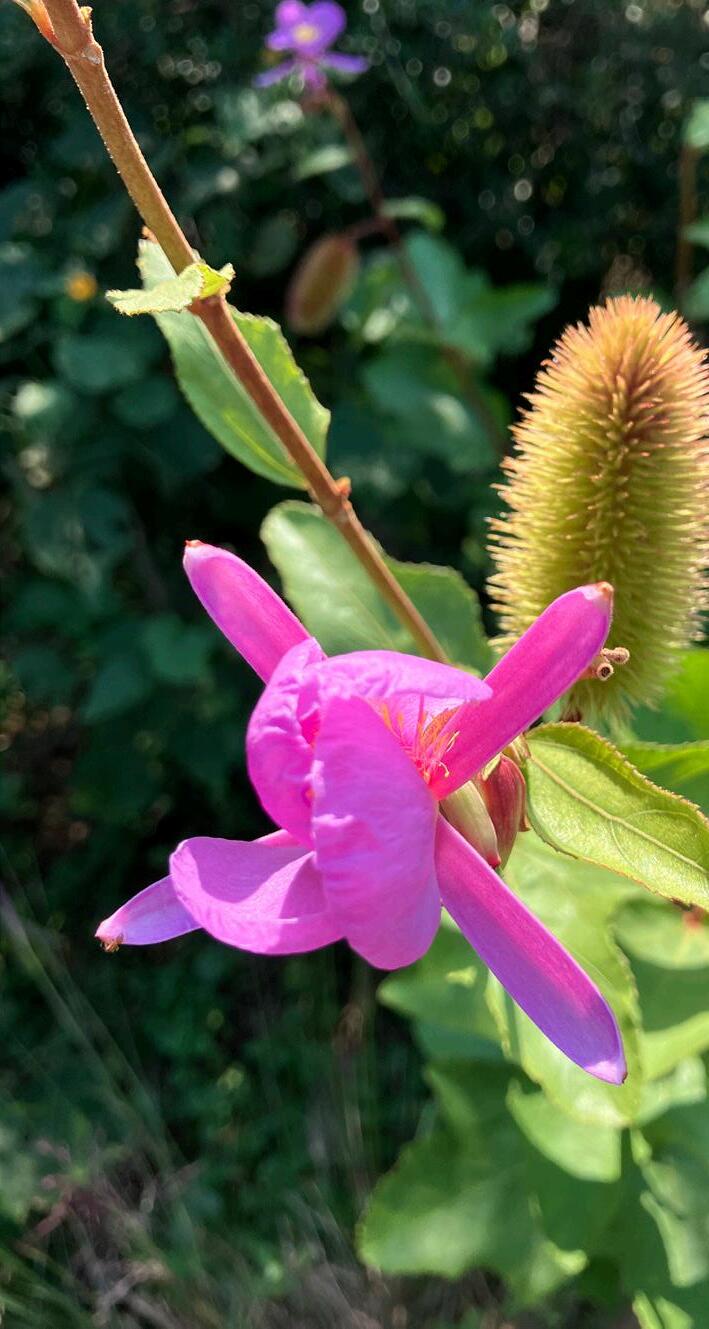
Our education team is dedicated to sharing knowledge with everyone, from schoolchildren to garden clubs, through classes and guided tours. Meanwhile, our philanthropy team is working closely with the horticulture team to recognize and preserve our collection of 100-plusyear-old exceptional specimen live oak trees, known as our Legacy Trees.
Our hope is that when you visit Jacksonville Zoo and Gardens, the gardens provide you with joy, peace and inspiration. We hope that through plants, you become more connected to the natural world around you. We thank you for your support as we work to protect and conserve plants and animals around the world and here in Florida!































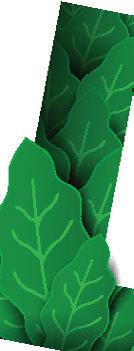





By Meara Scanlan, Horticulture Technician II
To garden is to love the land in such a way that collaboration becomes the only option. Even the smallest tasks—removing spent blooms or adjusting a vine on its trellis—carry a sense of deliberate care. However, gardeners can create deeper meaning in their gardens by leaving a small piece of themselves within them. We call this a love letter to the garden—a physical expression of the companionship and fondness cultivated over time. These careful details are the garden’s heartbeat, acts of devotion in which the gardener anticipates the subtle joys of those who may pause to admire them. The gardener gives the garden a deeper meaning, a living testament to their love for both the natural world and the art of guiding and cultivating beauty. What does a love letter to a most definitely illiterate garden look like? Perhaps you painstakingly mount individual epiphytes onto your favorite oak tree, or perhaps you research native pollinator plants and weave them carefully throughout your space. Conversely, you might find yourself with the opportunity for a less subtle love letter—you may notice your Agapanthus naturally growing into an almost heart-shaped design and spend an afternoon relocating individual plants until your heart is fully realized. The gardener leaves behind a mark not of force, but of subtlety—a guiding hand that nurtures



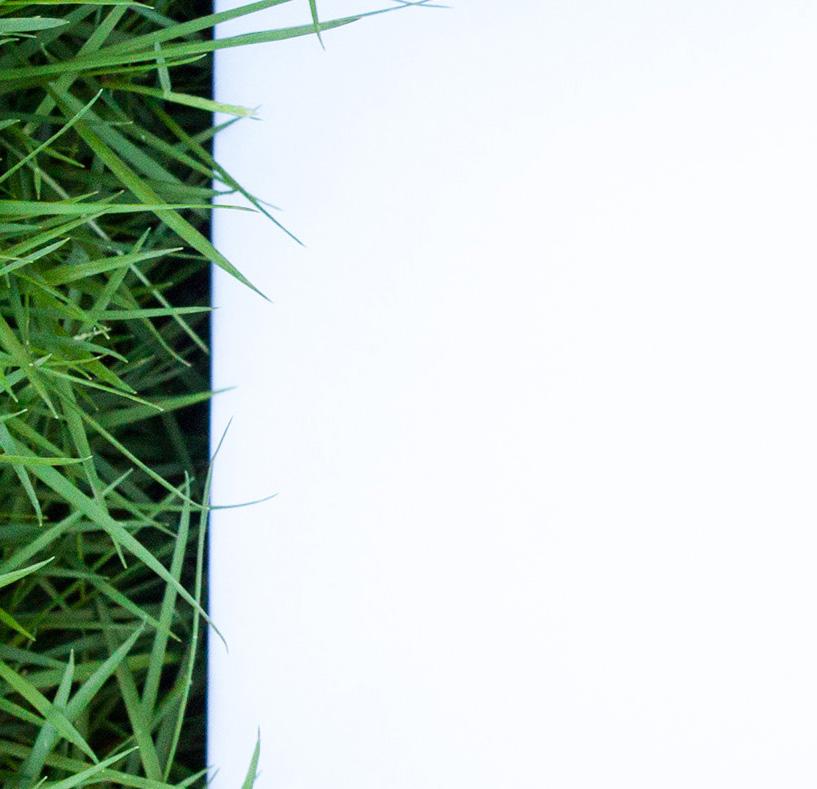










the landscape into a place of harmony, where the natural world and the gardener’s vision coexist in an intimate, unspoken dance. The result is a space that feels both alive and curated, an ornamental garden that carries the soul of its gardener in every bloom. When we craft love letters to our gardens, are they always meant solely for the garden itself? Perhaps they extend to each person who feels inspired at the sight of a perfectly arranged spring planting— and to each beetle that finds respite on a lovingly tended Salvia. When we create memorials in our gardens, we write love letters to many. A memorial in a garden is not just a plaque or a dedicated tree. It is a testament to a life once lived and the undeniable impact that life had on countless individuals. The act of tending to these spaces becomes a ritual of love and connection, allowing us to honor not only the garden but also a beloved’s legacy. It compels us to confront grief in the gentle presence of nature. As seasons change, so does the garden. In spring, new buds emerge; in summer, vibrant blooms remind us of joy and vitality. Autumn’s golden leaves evoke nostalgia, while winter’s starkness offers a time of reflection. Each transformation serves as a reminder of the impermanence of life, yet within this transience lies a signification- the beauty of growth, of change and of the enduring spirits surrounding us.
By Amber Yates Horticulture Technician II
Spring is near, and I am personally excited to start gardening and visit the springs to see some manatees. While these two activities might seem like opposites, I will actually be thinking about the manatees in my garden.
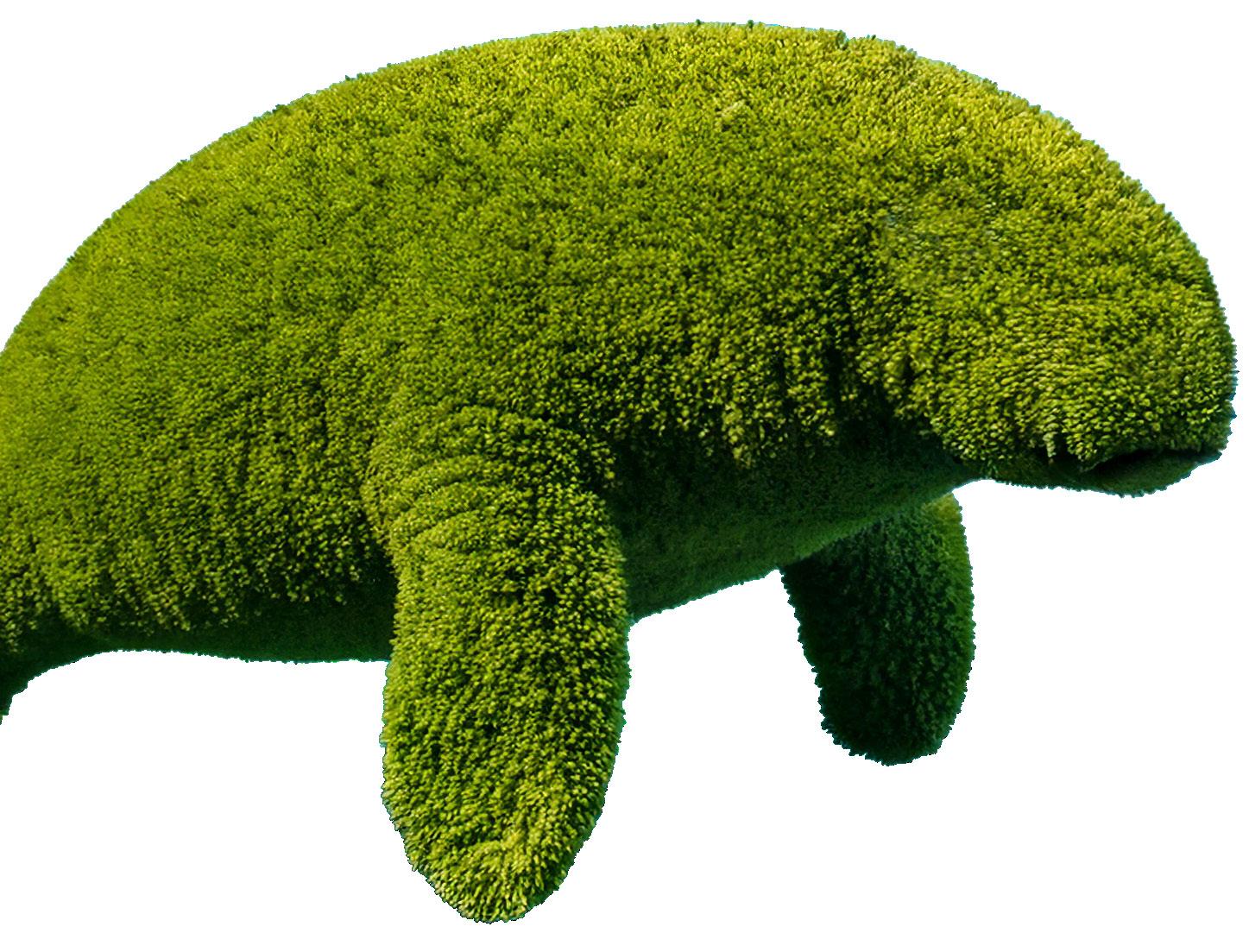
If fertilizer helps the plants in your yard thrive, imagine its effect on aquatic plants. Excess nutrients in water promote the growth of all plant life, including algae. One such algae, Karenia brevis, causes harmful algal blooms (HABs), commonly known as red tide. HABs release toxins that pollute the air and water, and in high concentrations, they can impact the nervous systems of fish and vertebrates, including manatees.
Florida manatees utilize almost every body of water. They travel through coastal waters to reach different estuaries, which lead them to freshwater sources in search of food and warmer waters. As herbivores, manatees feed exclusively on plants, such as seagrass. However, they face a major challenge—sharing these foraging grounds with Florida residents. One often-overlooked issue is how we maintain our landscapes. Even a garden miles from any body of water can impact these vital habitats for manatees. Runoff is the process by which pollutants travel from streets to sewers, into streams, and ultimately into larger bodies of water. Our landscapes contribute to this problem when fertilizers and pesticides wash away with the rain. While fertilizer itself isn’t inherently harmful, many plants need additional nutrients to grow. It is improper application and poor gardening practices that are the culprits of this issue.
Dense algae growth also blocks sunlight from reaching seagrass beds, preventing the plants from growing and degrading water quality. The surviving seagrass must work even harder to filter the water, much like how land plants filter our atmosphere. Unfortunately, this natural filtration process turns manatee food into a vessel for toxins. As seagrass absorbs pollutants like fertilizers and pesticides, it becomes increasingly toxic. When manatees consume enough of this contaminated grass, they can be poisoned by their own food source.

However, manatee habitats and food sources can still be saved. Simple gardening practices can make a significant difference. Consider adopting the following eco-friendly habits in your yard:
• Avoid fertilizer and pesticide use on lawns and landscapes. If necessary, do your research before applying anything to your gardens.
• Conserve water by irrigating only when necessary.
• Keep grass clippings out of streets, water bodies and swales.
• Learn about Florida-Friendly Landscaping for lower maintenance plants.
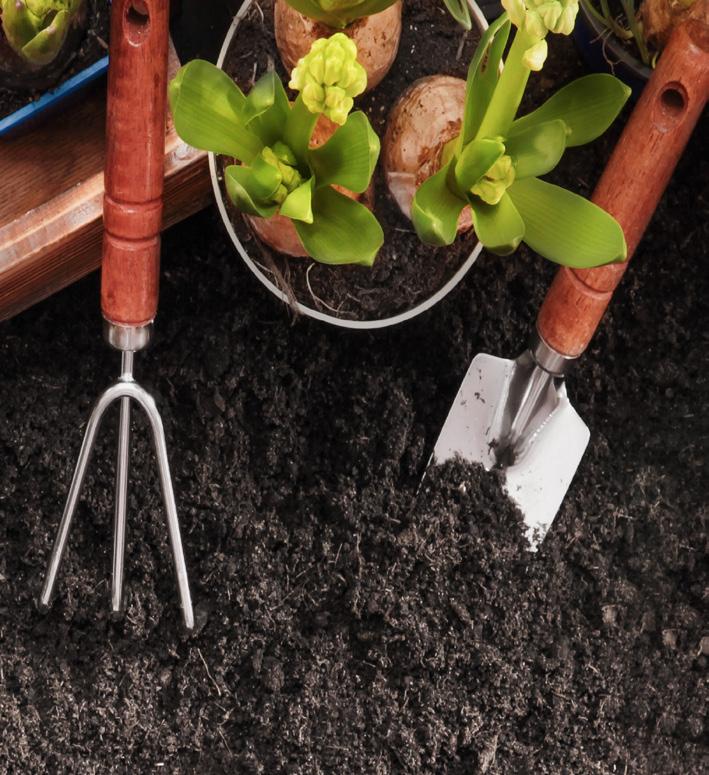
So, the next time you admire your garden remember the beautiful process that is nature. Everything is connected and works together. Every choice you make in your yard is a choice you make for all nature around you.

By Alexis Rosa Browse Program Technician
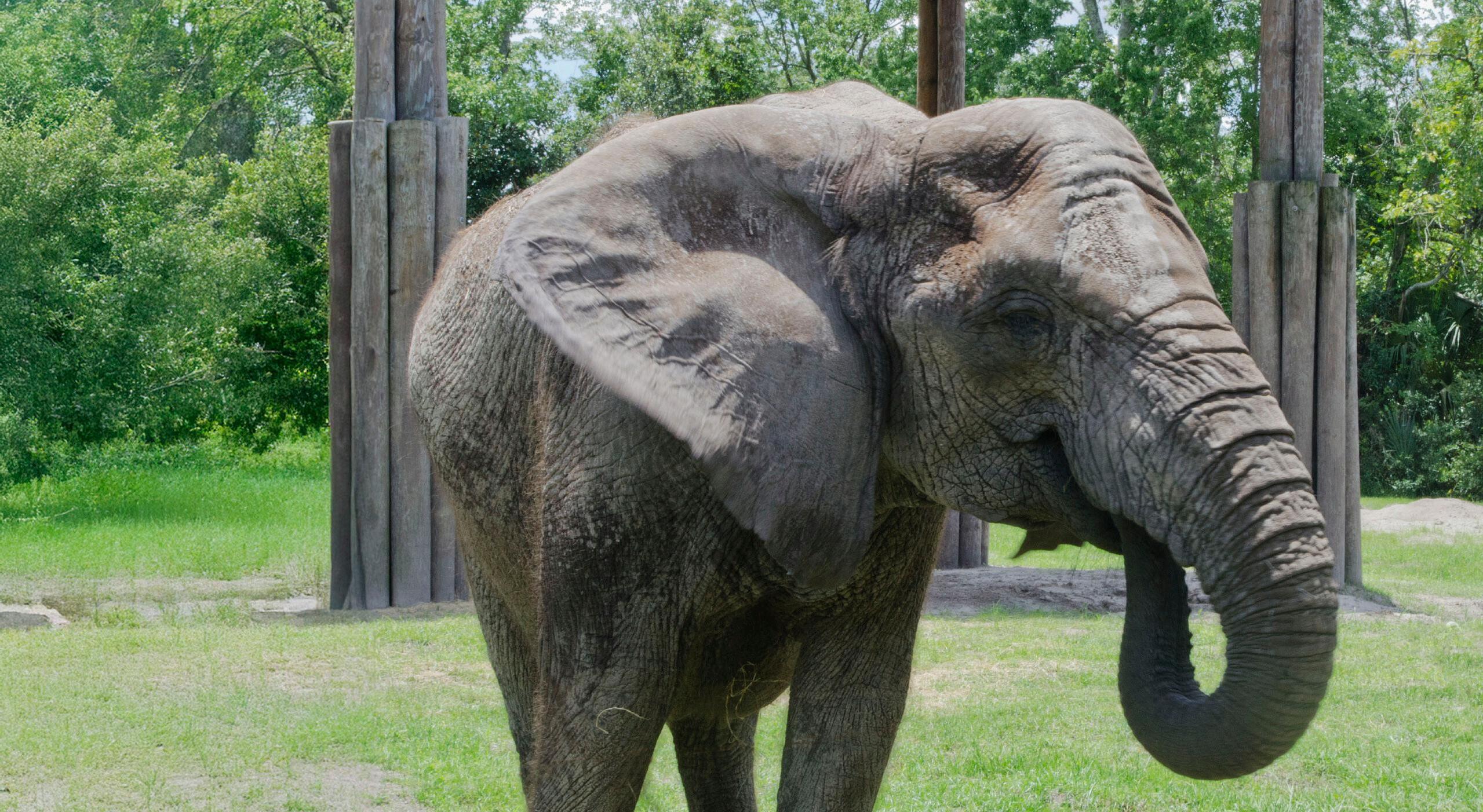
While some animals, like zebras and white rhinos, have evolved to graze on grasses, others are natural browsers, relying on leaves, twigs and branches from trees or shrubs for their diet. Take giraffes, for example—they developed long necks to reach the foliage of tall trees. For these animals, browse isn’t just an enrichment item that encourages natural foraging behaviors; it’s a critical component of their daily diet, essential for maintaining their health and well-being.
Elephants, for instance, require significant amounts of woody browse to support good dental health, allowing for the natural progression of their marching molars. However, providing enough browse for just one elephant is a challenge—feeding an entire zoo requires a collective effort.
Unlike hay or produce, browse isn’t readily available for purchase in bulk. That’s why Jacksonville Zoo and Gardens relies on a community-driven approach. Zoo staff, interns and volunteers are trained to identify and sustainably harvest approved plant species, ensuring that animals receive the necessary nutrition while maintaining responsible environmental practices.
To source enough browse, the Zoo partners with organizations and individuals across northeast Florida. One key partner is the City of Jacksonville Parks, Recreation, and Community Services Department, which allows Zoo staff to collect browse from city parks. This collaboration benefits both the Zoo and the parks—Zoo staff help maintain trails by trimming overgrown branches and clearing debris from severe weather.
Another valuable partnership is with the Horticulture team at the University of North Florida Botanical Gardens. When university staff and volunteers prune plants, zoo staff collect the trimmings to feed the animals, ensuring that nothing goes to waste.
Our browse program extends beyond institutional partnerships to include private landowners and local residents. Homeowners across Jacksonville can donate trimmings of approved browse plants from their own gardens. Those who live within ten miles of the Zoo can even arrange for staff to pick up their plant trimmings directly.
By working together, the community helps provide essential nutrition for our animals while fostering a deeper connection to wildlife conservation. If you’d like to join the effort, visit Jacksonville Zoo and Gardens Browse Program to learn more.


April 5, 12, 19, 24
Unwind in a truly unique setting at Tuxedo Coast! Stretch, breathe and meditate as Magellanic penguins glide through their beautiful habitat. This peaceful experience is open to both adults and children, making it a perfect family-friendly way to relax and reconnect with nature.
Tickets
April 24
Each ticket includes flights of wine and a selection of small cheese plates, including goat cheese! Mix and mingle with the adorable dwarf goats at this exclusive event for adult Members ages 21+.
Tickets
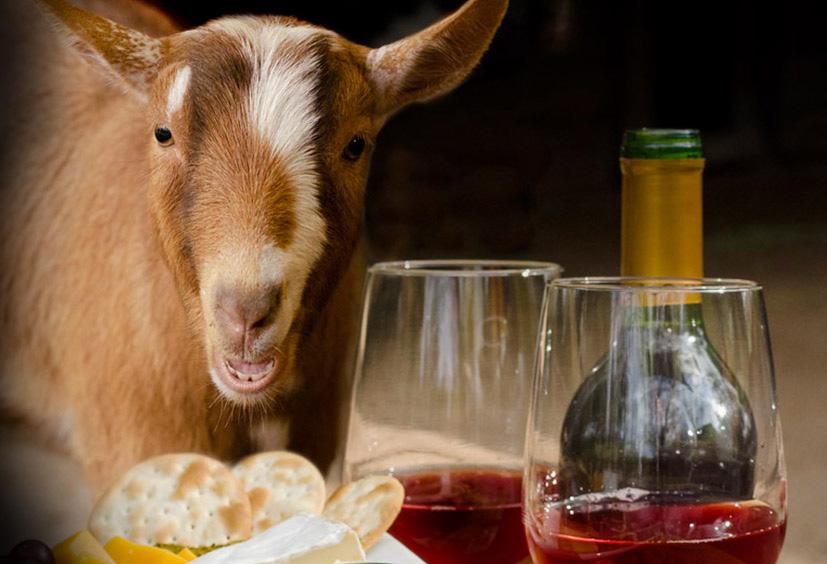
June 7, 14, 21, 28
Join us in an extraordinary opportunity to harmonize mind, body and spirit amidst the enchanting presence of giraffes. This Member-only event is open to all ages (9 and up) and abilities. Let's celebrate the beauty of nature and the power of inner peace together!
Tickets
Introducing a new Easter event focussed on enhanced experiences including exclusivity to Play Park. Space is limited.
Purchase tickets in advance online.
• A special photo opportunity with the Easter Bunny.*
*Purchase photos for an additional cost
• Delicious cupcakes provided by Small Cakes.
• Orange juice.
• Mimosas for the grown-ups.
• Egg hunts (2 sessions: 11 am & 1 pm)
• Festive goodie bags (while supplies last).
• A kid-friendly craft.
• Splash pad (open dependent on weather).
Tickets

June 5
An intimate and exclusive experience to Members, combining wildlife education, culinary delights and a unique opportunity to contribute to conservation efforts. Enjoy a memorable evening at Jacksonville Zoo and Gardens while supporting our mission—Connecting communities with wildlife and wild places.
Ticket Link
By Mark Sheppe, Senior Graphic Designer
Over the years I was lucky enough to be in the right place, at the right time to photograph animals interacting with plants. Animals use plants for many reasons including food, pollination, climbing, resting on, shelter and even as something to play with or play on. This selection of photos is historical and some of the animals are no longer at the Zoo. And these pictures include some local Florida natives like the insects, Wood Storks and a Water Snake—which were all spotted in the Zoo.



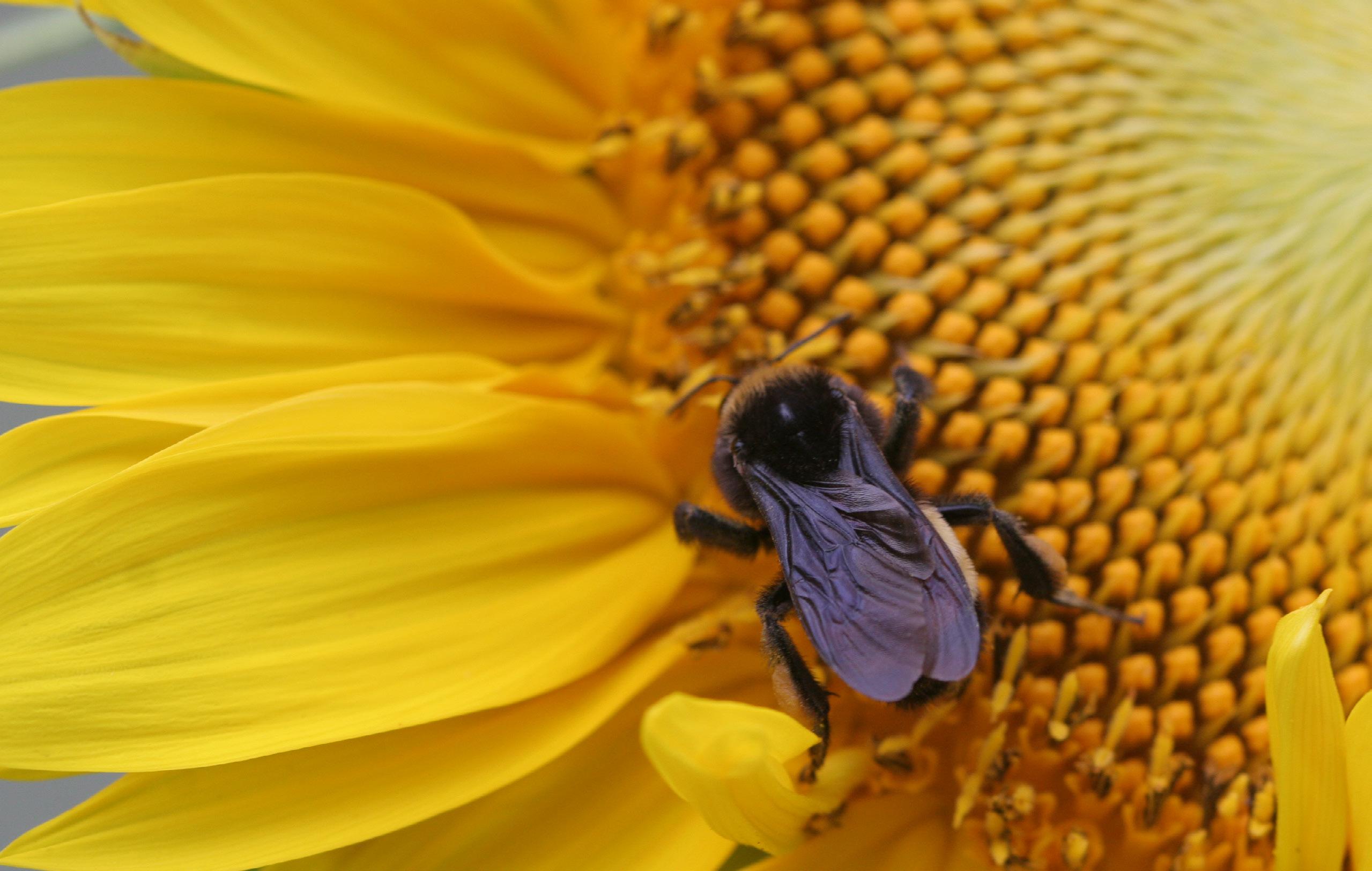







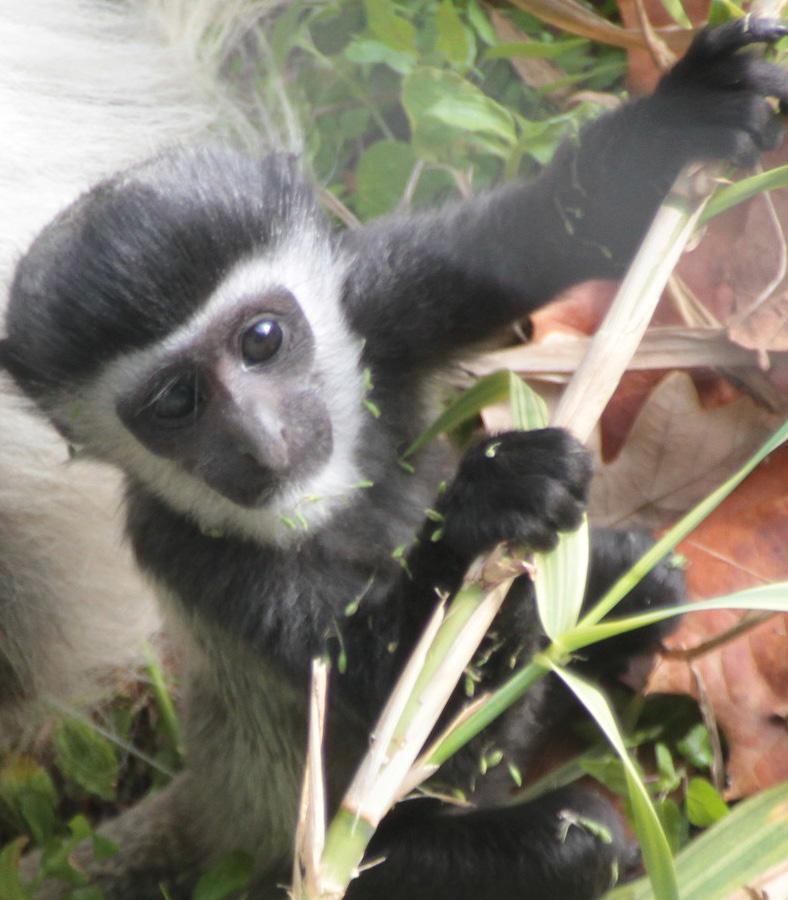
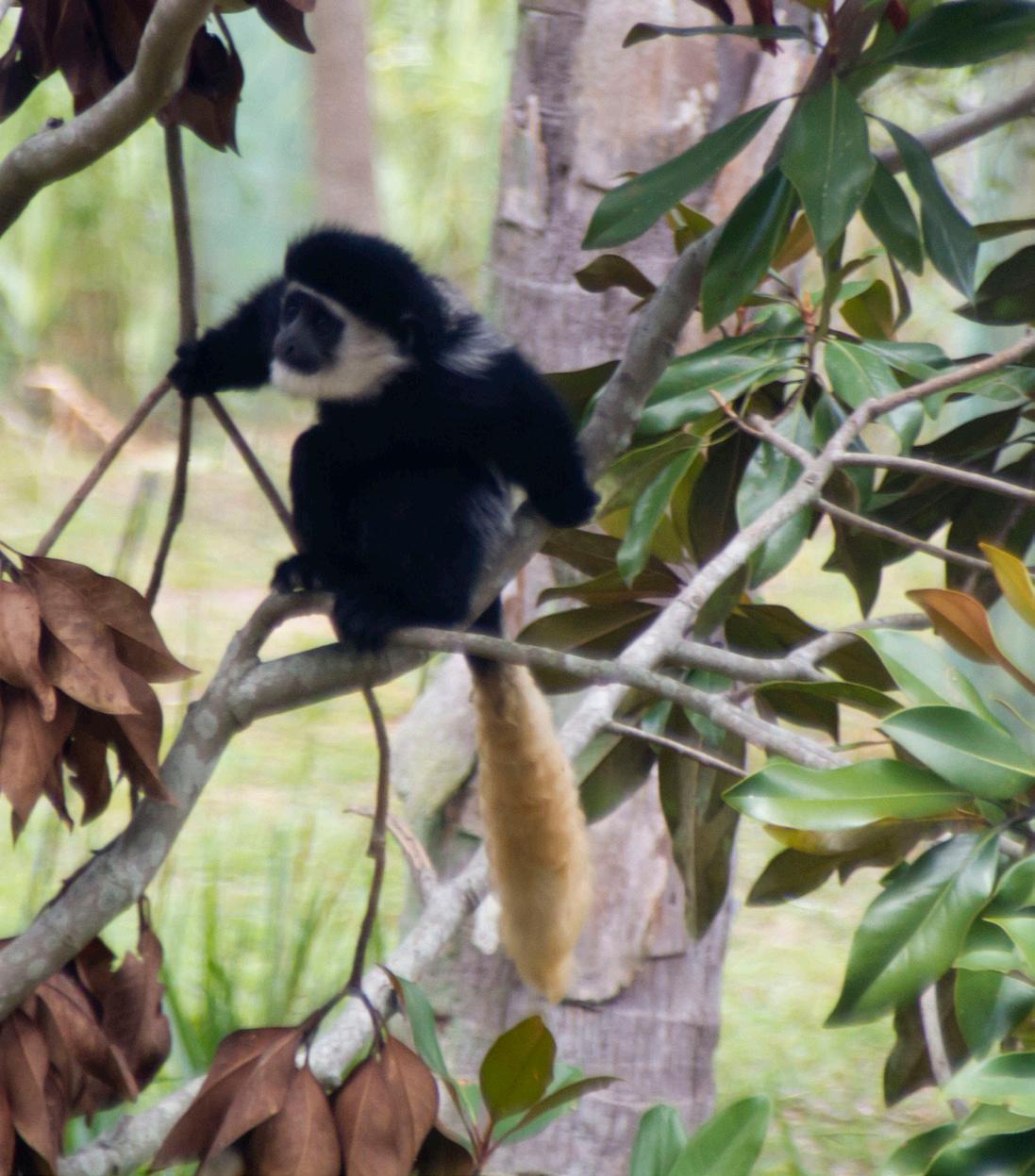


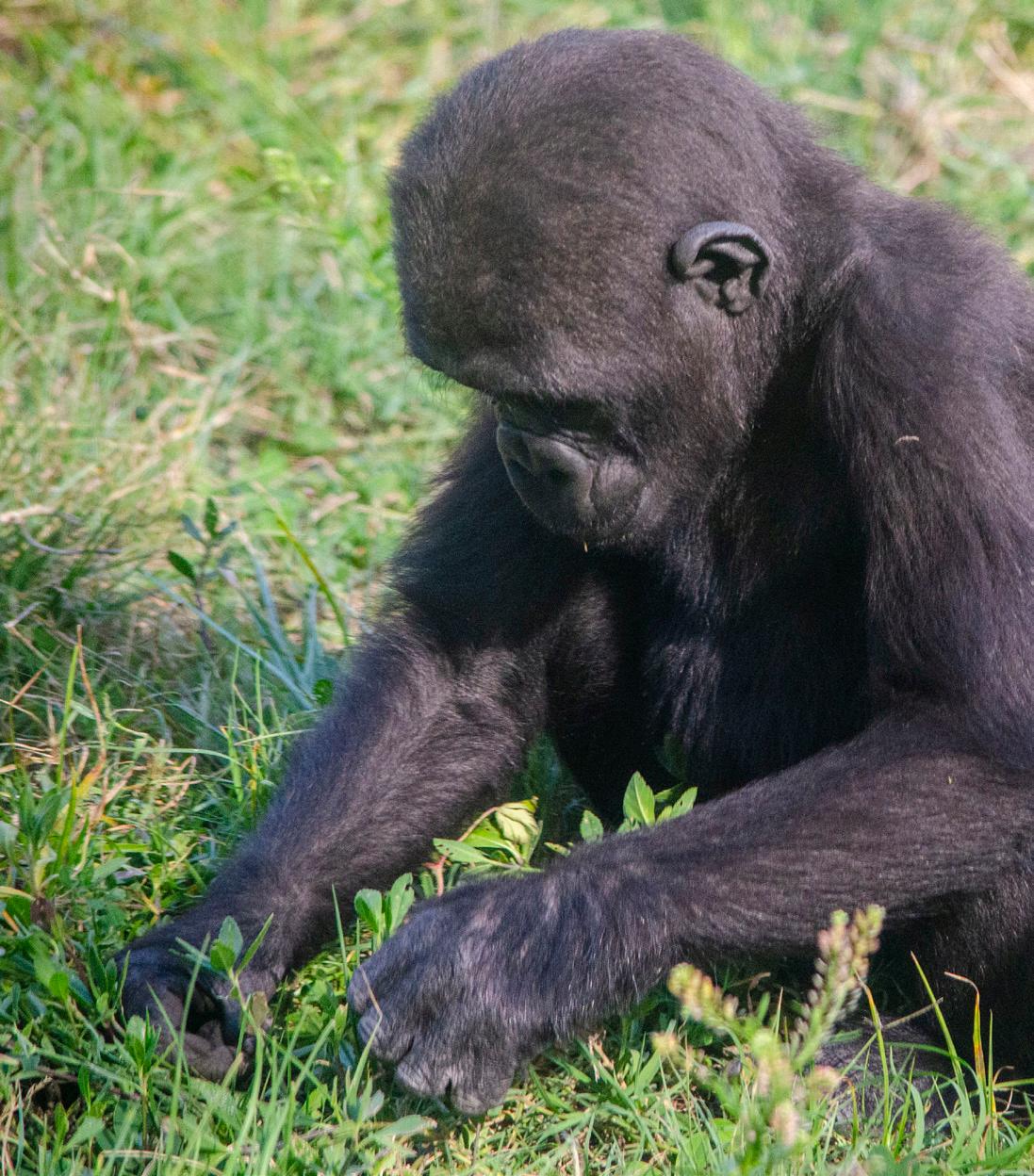




You are coordially invited to come together for a night filled with fun, food and festivities while supporting our vital wildlife conservation efforts. This special event is an opportunity to connect with our community, learn about our important work in protecting plant and animal habitats, and enjoy a unique experience alongside the incredible wildlife we cherish. By attending, you’ll not only have a great time but also play a crucial role in fostering a future where both people and wildlife can thrive together. Purchase tickets online.

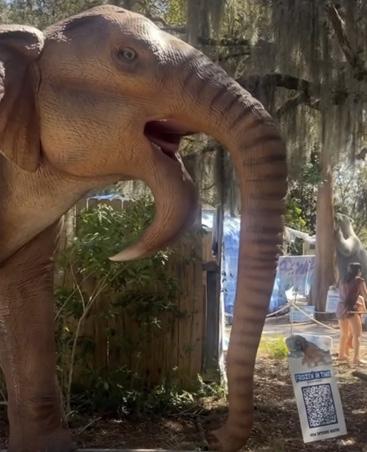

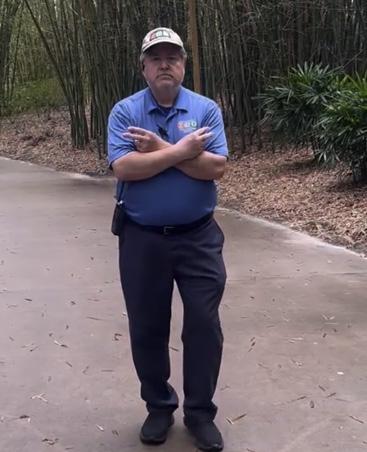
News4Jax: Jacksonville Zoo and Gardens announces fundraiser for manatee critical care center, new entrance
Frozen in Time An Ice Age Adventure
Crossing Opening
Todd was inspired by your team’s dance moves. How did they do?
To see additional videos please visit our Instagram or our YouTube Channel

April 19th
Interactive fun creates a curiosity for learning. As Nature Agents, you can discover, learn and bond together on a digital scavenger hunt using the NEW Explorer Quest app!


DOWNLOAD EXPLORER QUEST
APP MANUALLY OR SCAN
By John Reed, Photography Volunteer &

A common question I receive during photo workshops, such as Snapshot Society, is: "Which way should I shoot it?" Often, this is a technical question about camera settings—should I use a large aperture or a small aperture? My standard answer is always, "It depends!"
Not to be funny, but that’s usually the truth. The best aperture choice depends on how the photographer wants the final image to look. If they share their vision with me, I can suggest what might work best for the lighting and situation. However, my go-to advice is often: "Shoot it both ways." Seeing the results firsthand allows the photographer to determine what they like best.
This approach applies in another way as well. As spring approaches, we’ll be treated to a vibrant display of flora here at the Zoo. Most photographers instinctively focus on individual flowers—and that’s great! But I also encourage stepping back or zooming out to capture the broader scene. Showing where the flowers are located and how they interact with their surroundings adds a valuable sense of place.
Try it! Take a look at this series of three images to see what I mean.


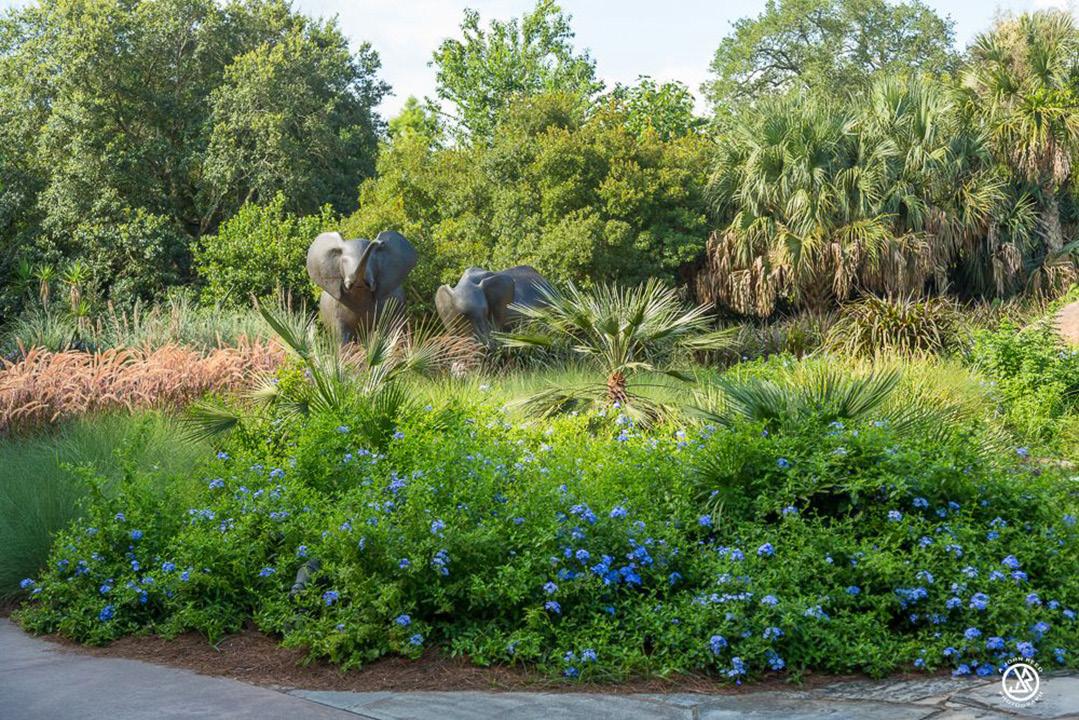
Want to have fun learning photography at the Zoo? Register for the next Snapshot Society session lead by John Reed May 17, 2025 7:30–1:00 a.m.
And here are some pairs, close and far.
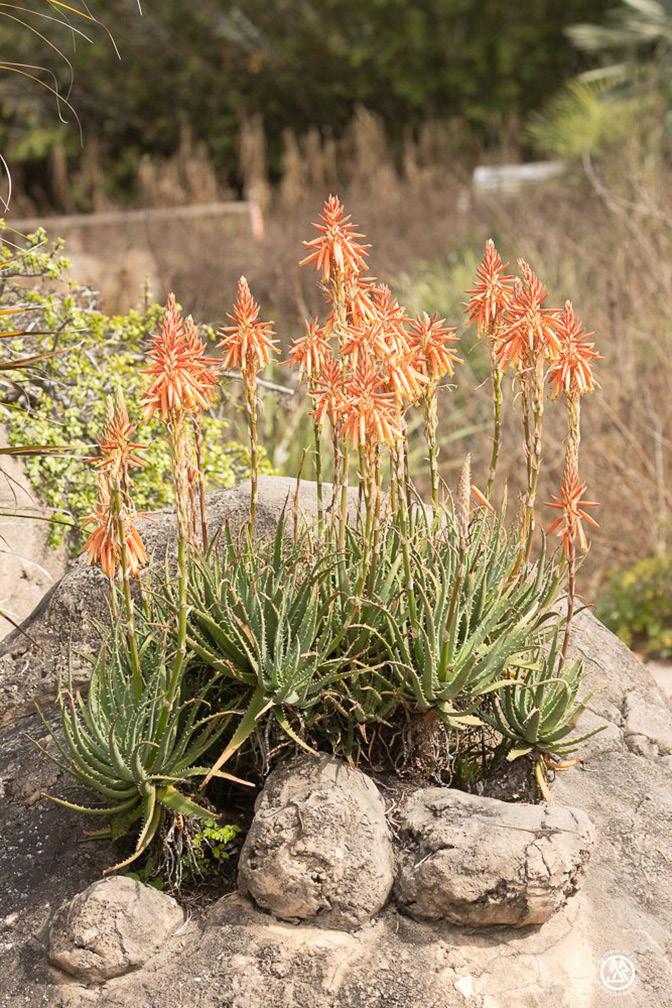
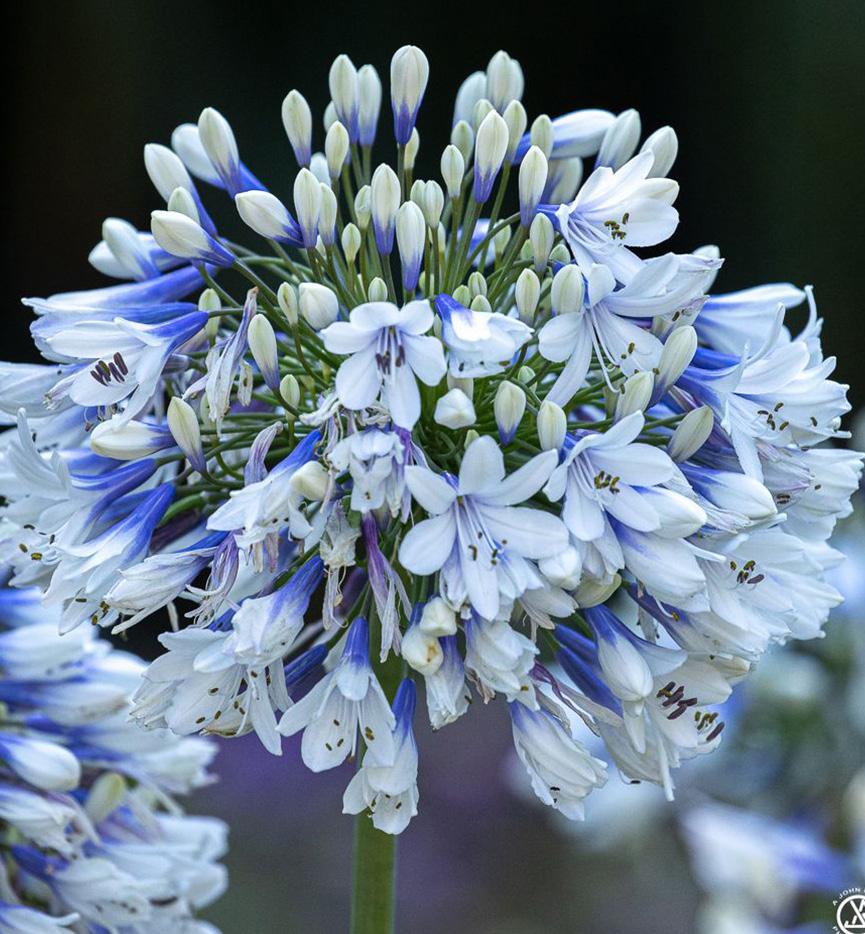

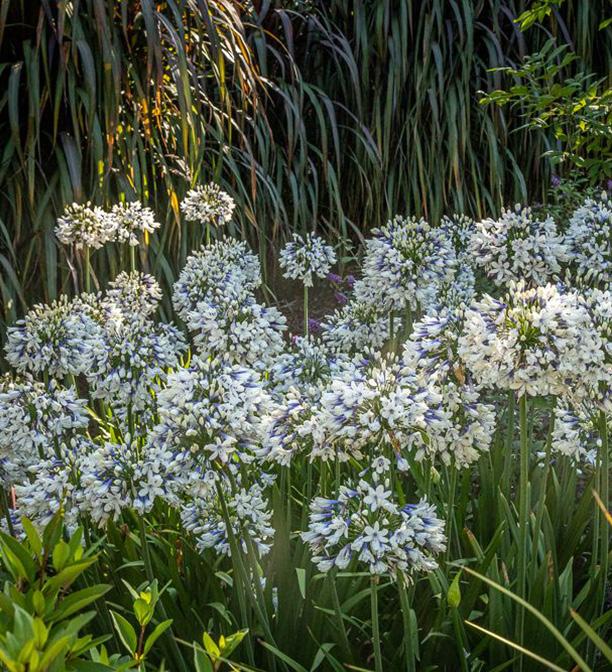
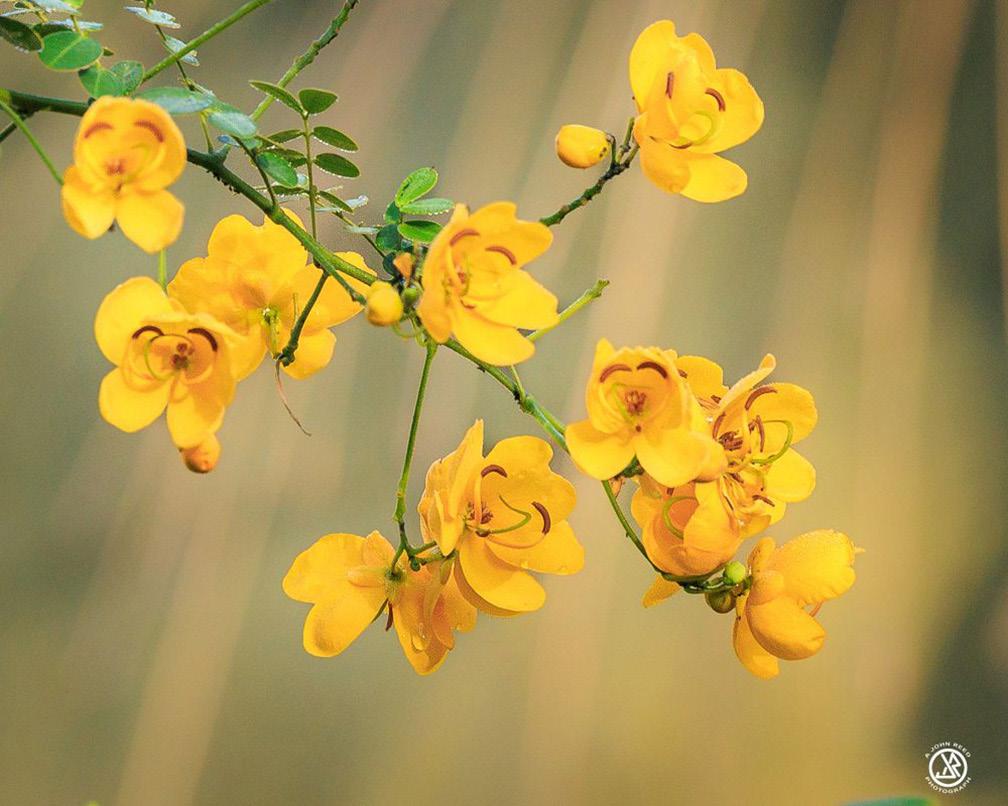

Finally, I'd like to conclude with a series of landscape shots that showcase the outstanding work of the Horticulture Department.
